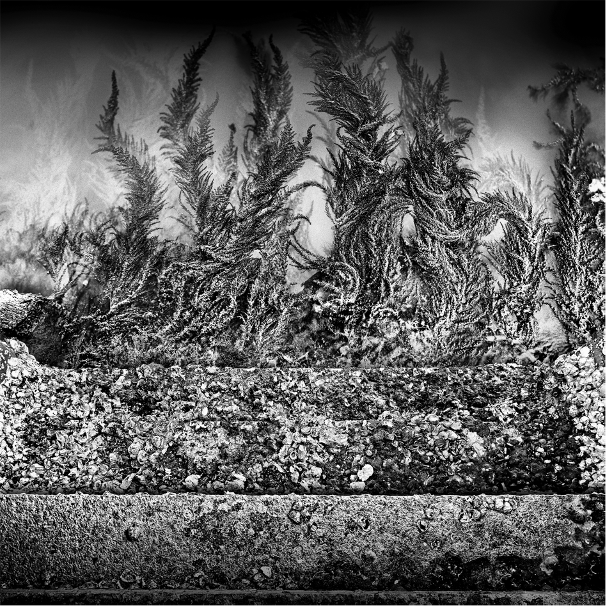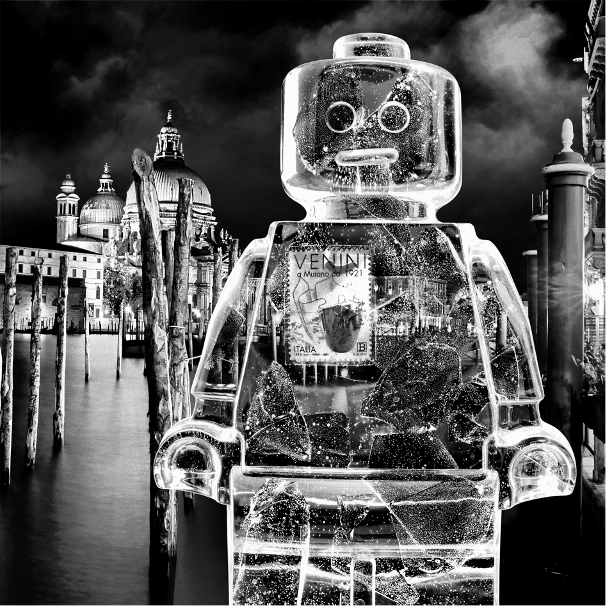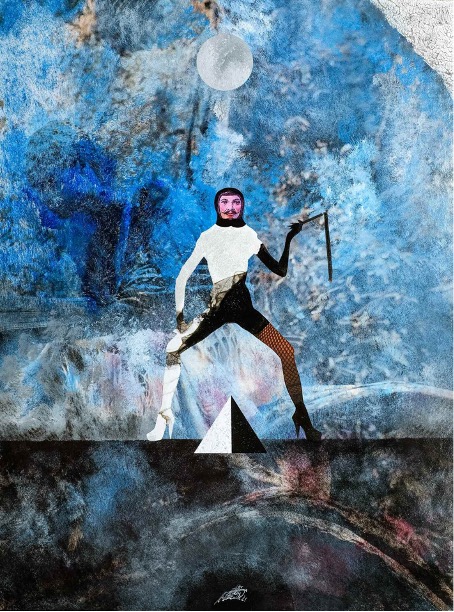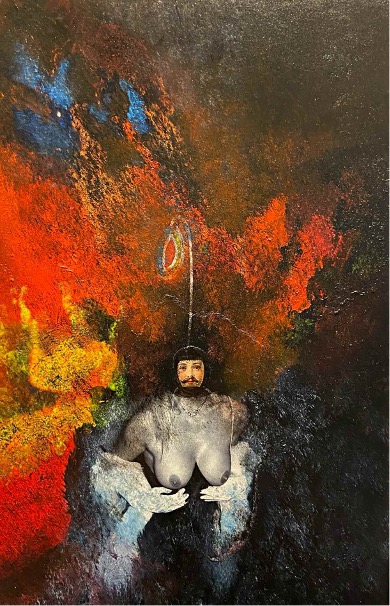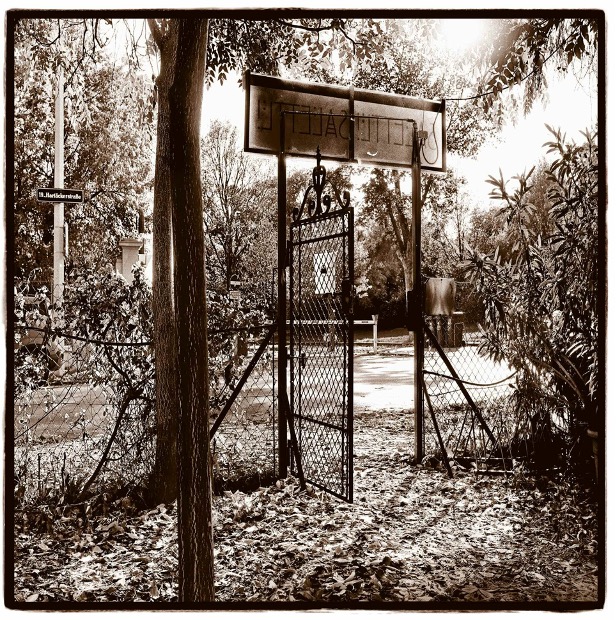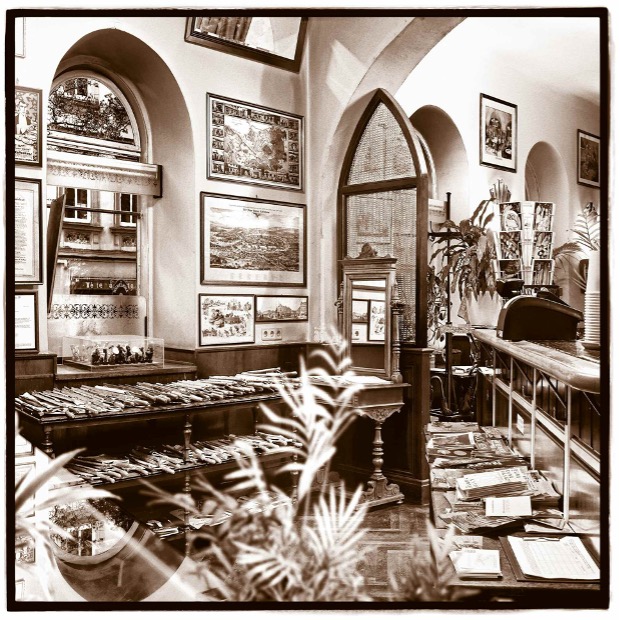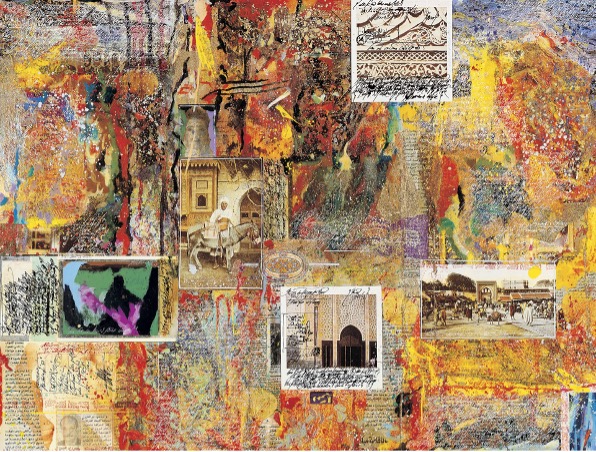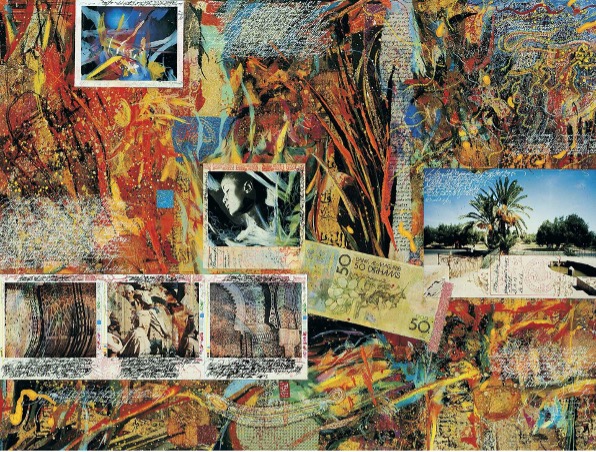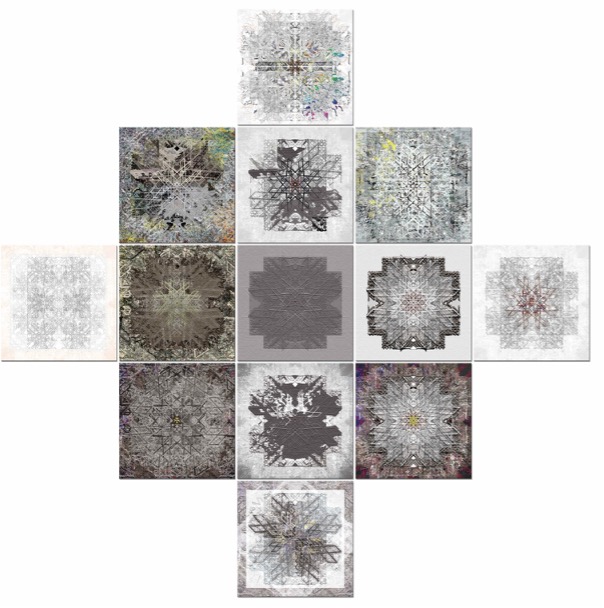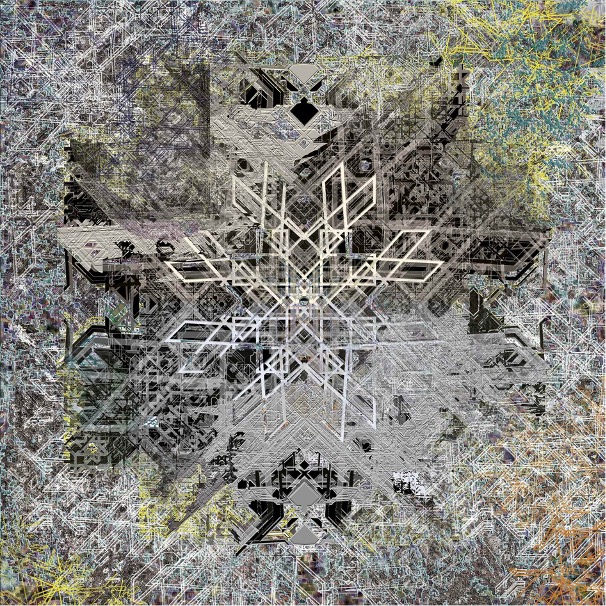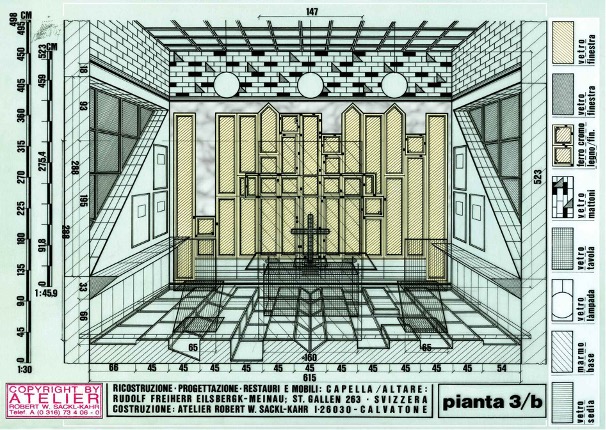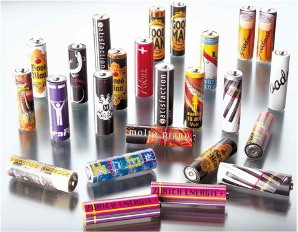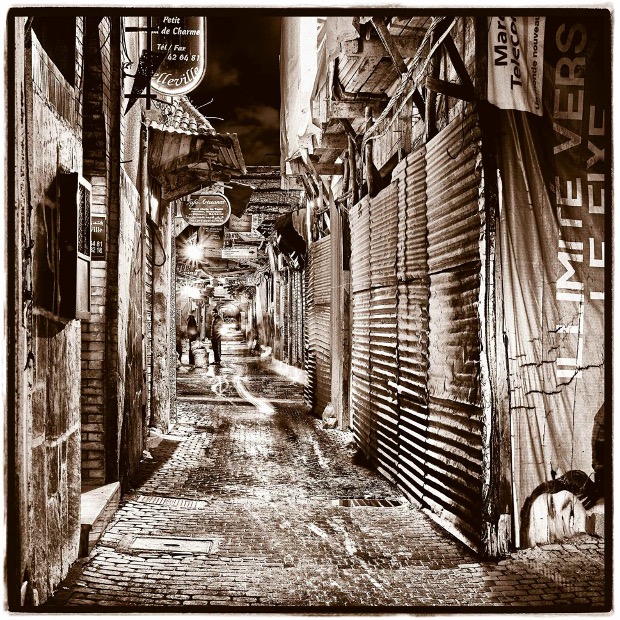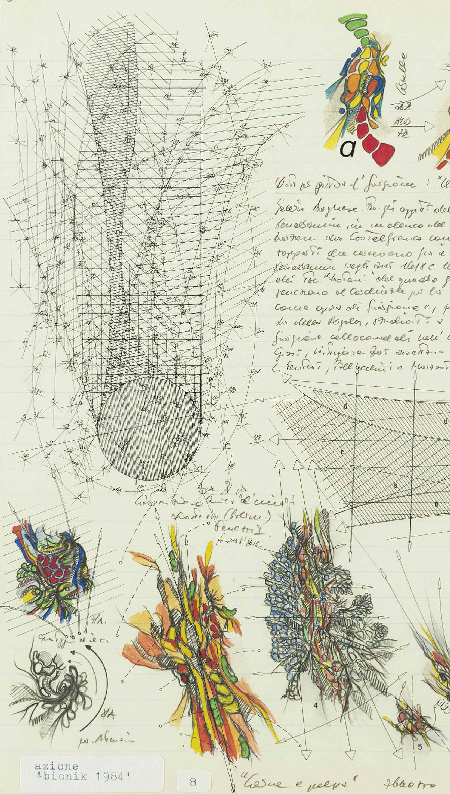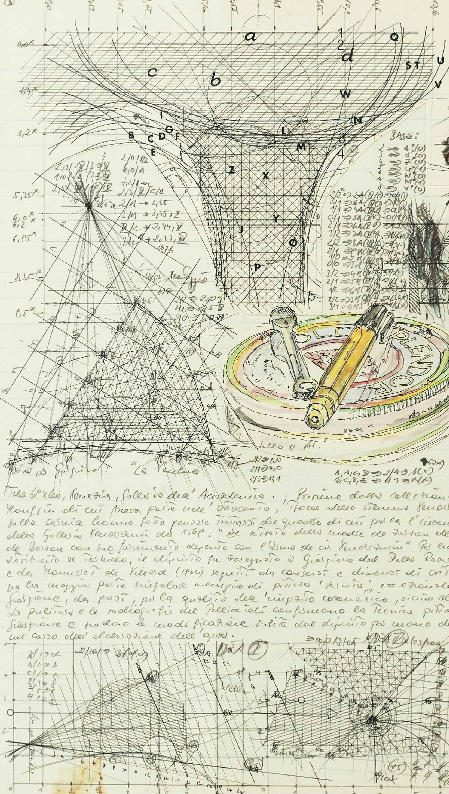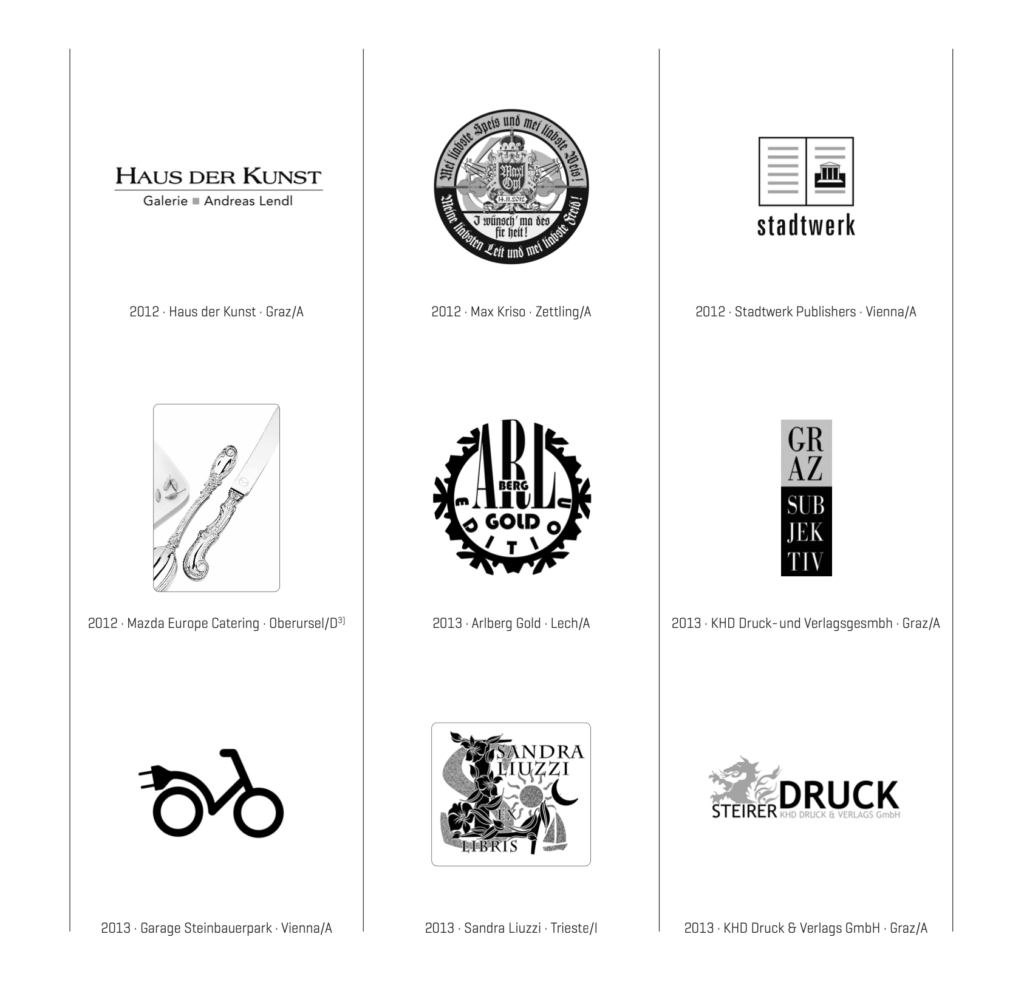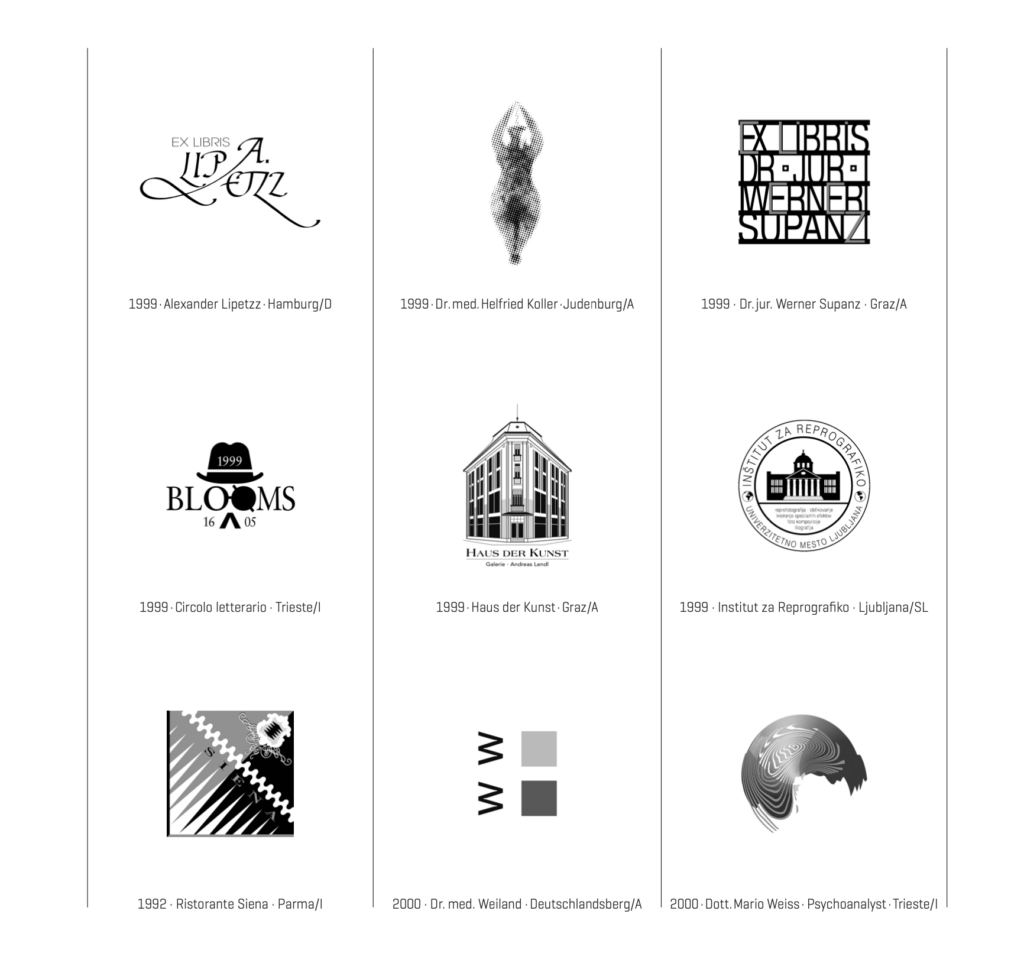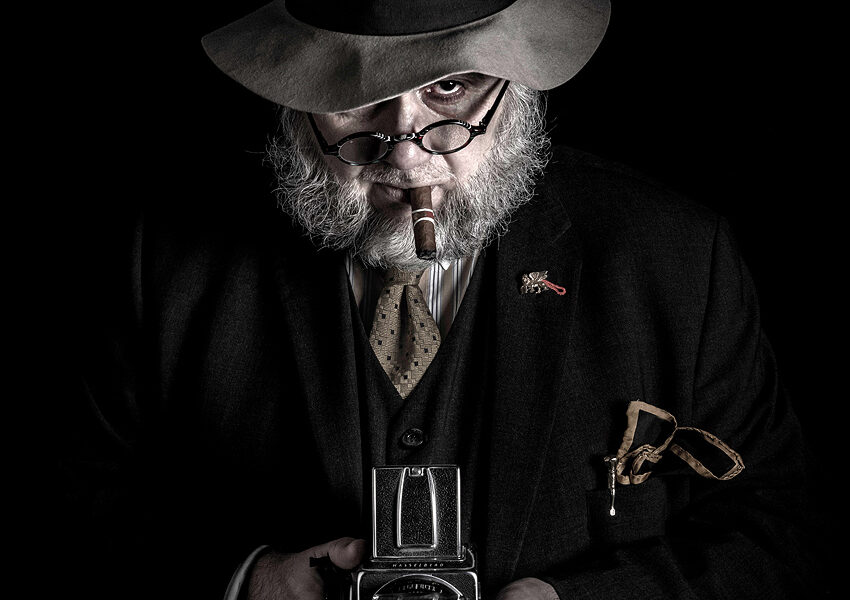Info
Selected works
Artists
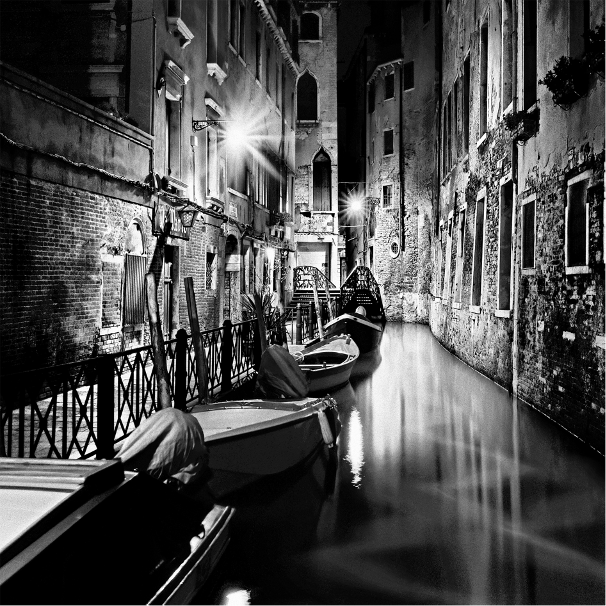
Venezia | Calle Zaguri, Rio de San Maurizio
Robert W. Sackl-Kahr Sagostin
Chromogenic print on Crystal Archive Paper
100 x 100 cm, numbered, signed and framed

Venezia | Giudecca, Fondamenta Zitelle, Casa dei Tre Oci
Robert W. Sackl-Kahr Sagostin
Chromogenic print on Crystal Archive Paper
100 x 100 cm, numbered, signed and framed

Venezia | Giudecca, Casa dei Tre Oci, Fotografia e tazze di caffè di Mario de Biasi
Robert W. Sackl-Kahr Sagostin
Chromogenic print on Crystal Archive Paper
100 x 100 cm, numbered, signed and framed

Venezia | Fondamenta de la Canonica
Robert W. Sackl-Kahr Sagostin
Chromogenic print on Crystal Archive Paper
100 x 100 cm, numbered, signed and framed
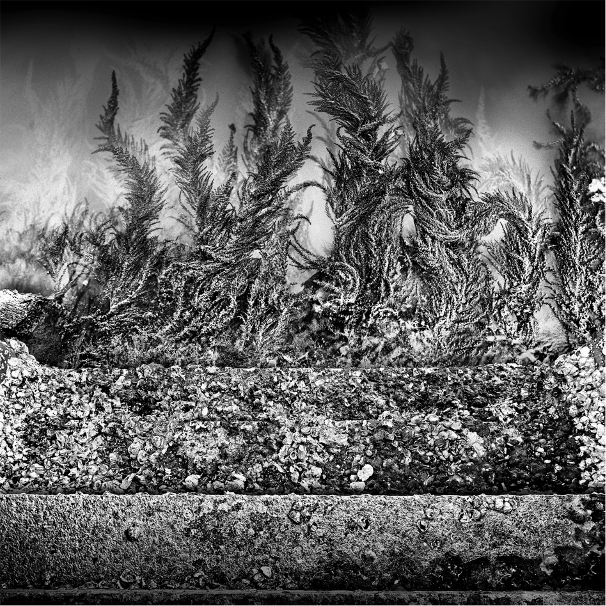
Venezia | Giudecca, Rio della Croce
Robert W. Sackl-Kahr Sagostin
Chromogenic print on Crystal Archive Paper
100 x 100 cm, numbered, signed and framed
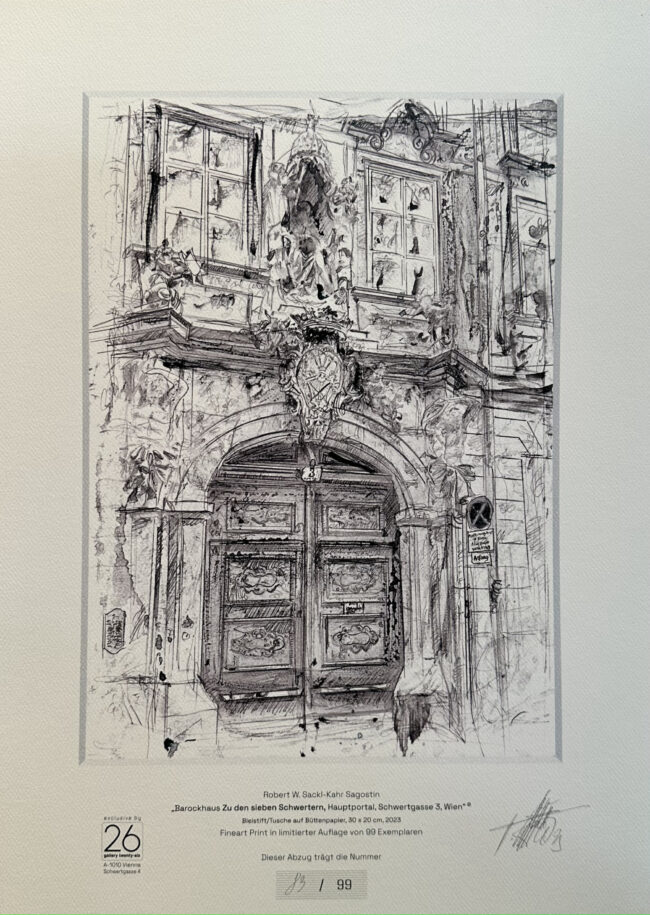
Barockhaus Zu den sieben Schwertern, Hauptportal, Schwertgasse 3, Wien | Edition of 99
Robert W. Sackl-Kahr Sagostin
Fine art print, signed and numbered
30 x 20 cm
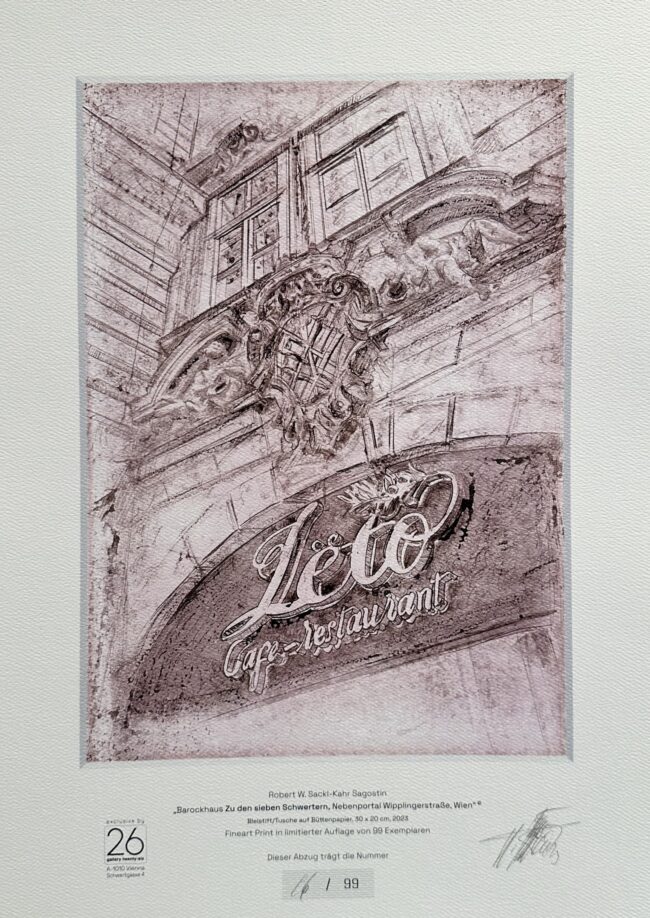
Barockhaus Zu den sieben Schwertern, Nebenportal, Wipplingerstraße, Wien | Edition 99
Robert W. Sackl-Kahr Sagostin
Fine art print, signed and numbered
30 x 20 cm
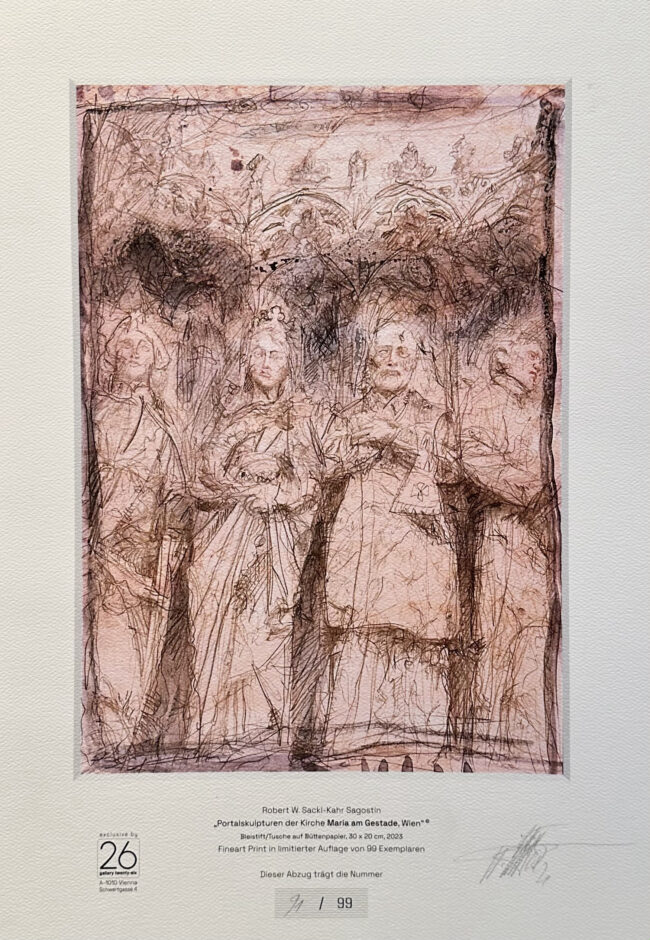
Portalskulpturen der Kirche Maria am Gestade, Wien | Edition 99
Robert W. Sackl-Kahr Sagostin
Fine art print, signed and numbered
30 x 20 cm
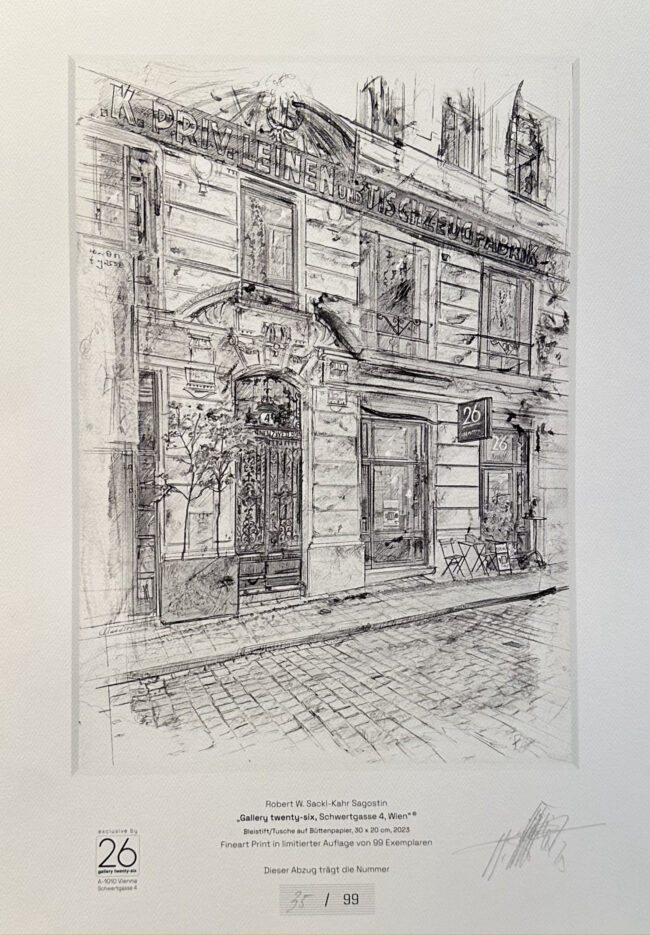
Gallery twenty-six, Schwertgasse 4, Wien | Edition 99
Robert W. Sackl-Kahr Sagostin
Fine art print, signed and numbered
30 x 20 cm
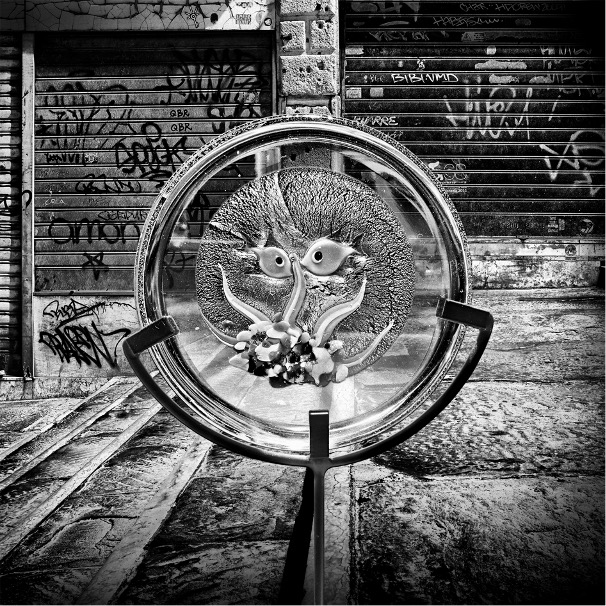
Venezia | Ponte di Rialto
Robert W. Sackl-Kahr Sagostin
Chromogenic print on Crystal Archive Paper
100 x 100 cm, numbered, signed and framed
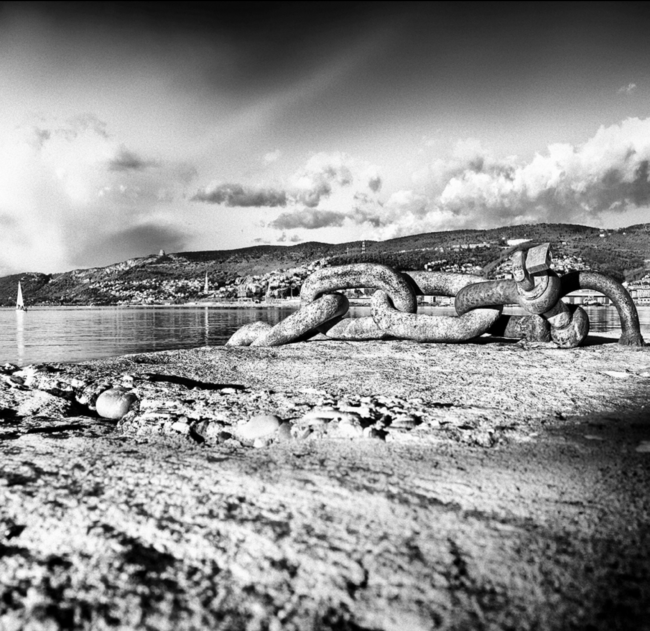
Trieste | Molo dei Bersaglieri/Stazione Marittima
Robert W. Sackl-Kahr Sagostin
Chromogenic print on Crystal Archive Paper, laminated on Dibond, numbered, signed and framed
100 x 100 cm
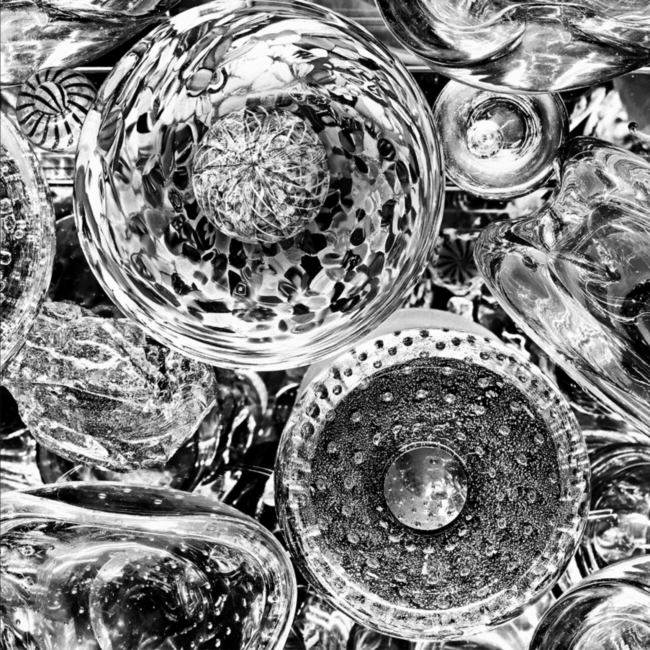
Venezia | Giudecca, Fondamenta Zitelle
Robert W. Sackl-Kahr Sagostin
Chromogenic print on Crystal Archive Paper, laminated on Dibond, numbered, signed and framed
100 x 100 cm
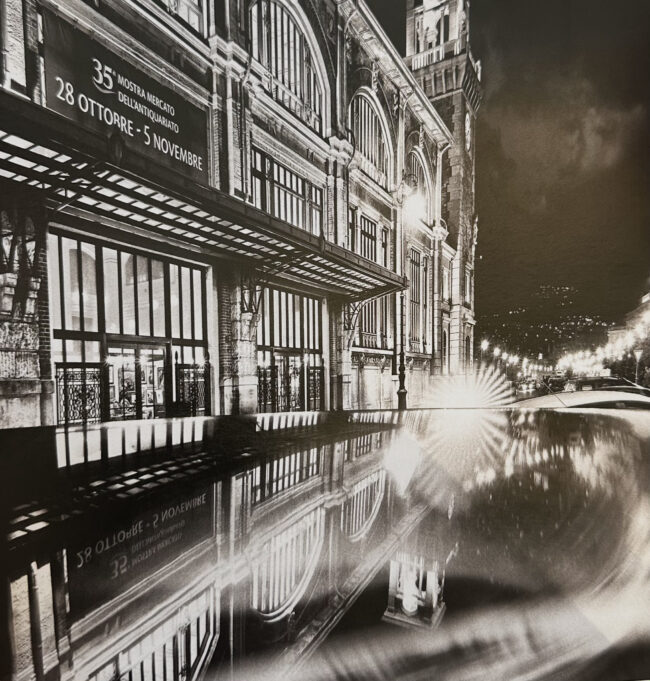
Trieste | Riva Nazario Sauro/Salone degli incanti
Robert W. Sackl-Kahr Sagostin
Chromogenic print on Crystal Archive Paper, laminated on Dibond, numbered, signed and framed
100 x 100 cm
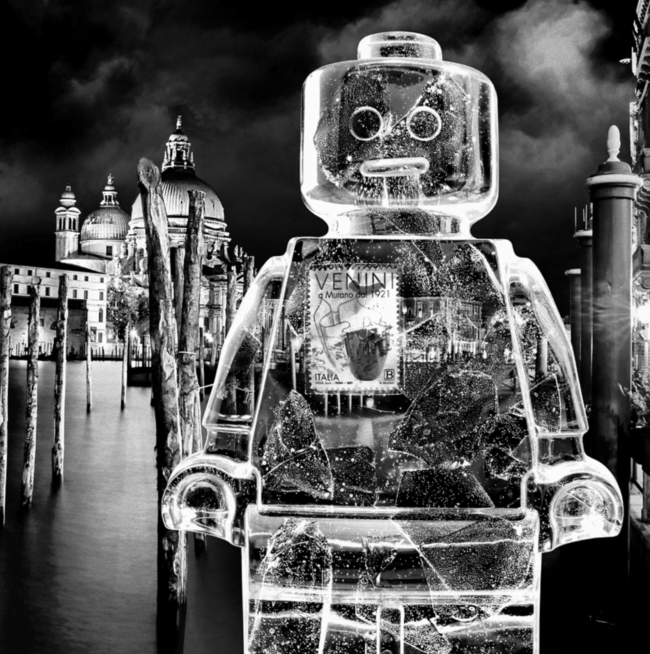
Venezia | Calle Vallaresso/Bacino di San Marco (L’angolo del Harry’s Bar)
Robert W. Sackl-Kahr Sagostin
Chromogenic print on Crystal Archive Paper, laminated on Dibond, numbered, signed and framed
100 x 100 cm
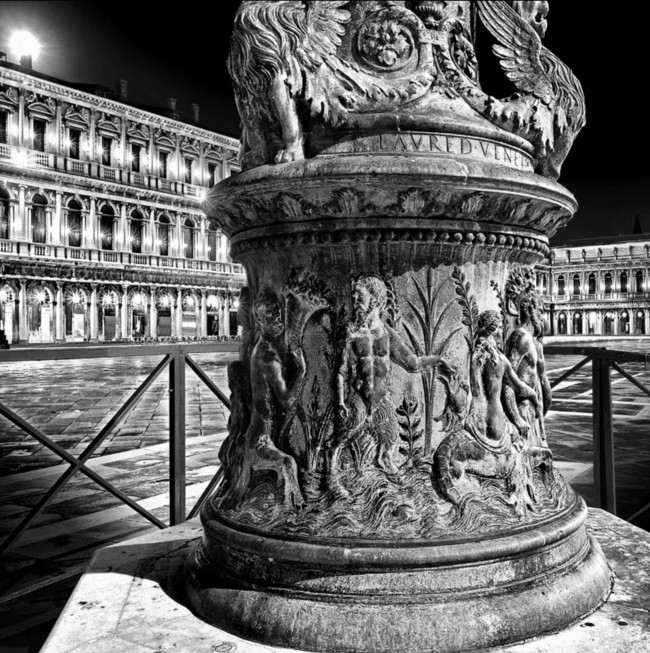
Venezia | Piazza San Marco
Robert W. Sackl-Kahr Sagostin
Chromogenic print on Crystal Archive Paper, laminated on Dibond, numbered, signed and framed
100 x 100 cm
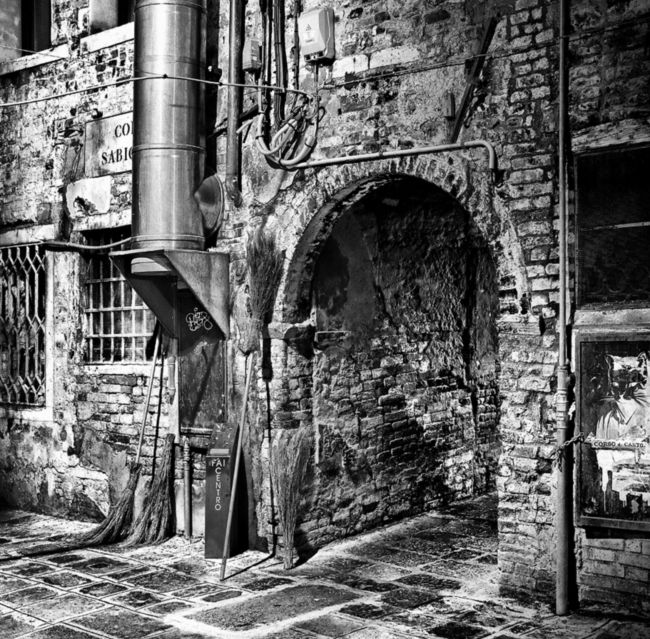
Venezia | ‘Quattro scope’, Corte Sabionera, Castello
Robert W. Sackl-Kahr Sagostin
Chromogenic print on Crystal Archive Paper, laminated on Dibond, numbered, signed and framed
100 x 100 cm
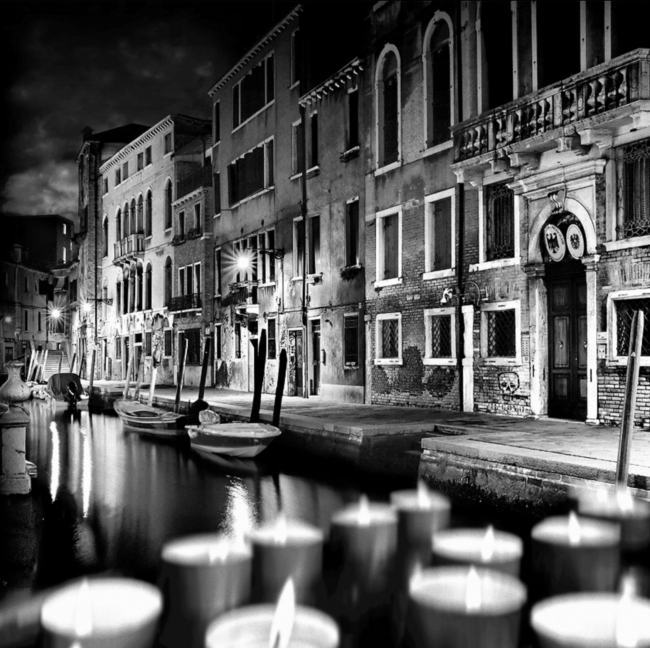
Venezia | Fondamenta Condulmer
Robert W. Sackl-Kahr Sagostin
Chromogenic print on Crystal Archive Paper, laminated on Dibond, numbered, signed and framed
100 x 100 cm
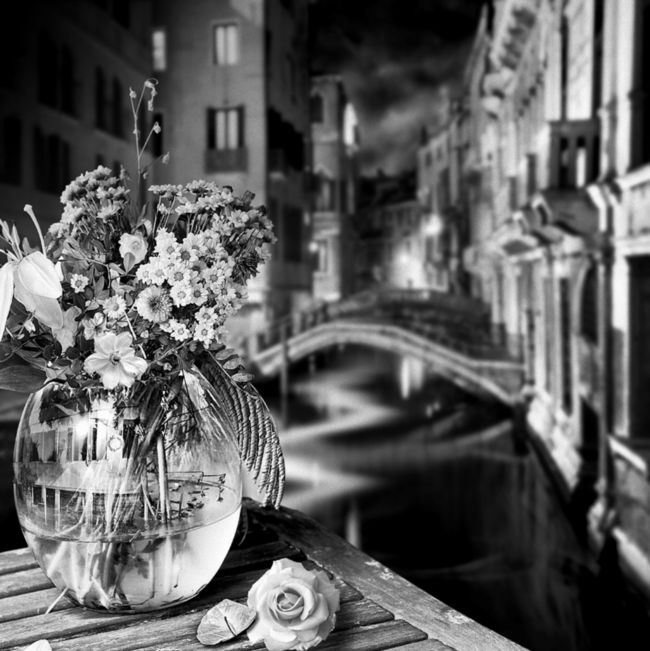
Venezia | Rio de Palazzo/Calle de la Canonica
Robert W. Sackl-Kahr Sagostin
Chromogenic print on Crystal Archive Paper, laminated on Dibond, numbered, signed and framed
100 x 100 cm
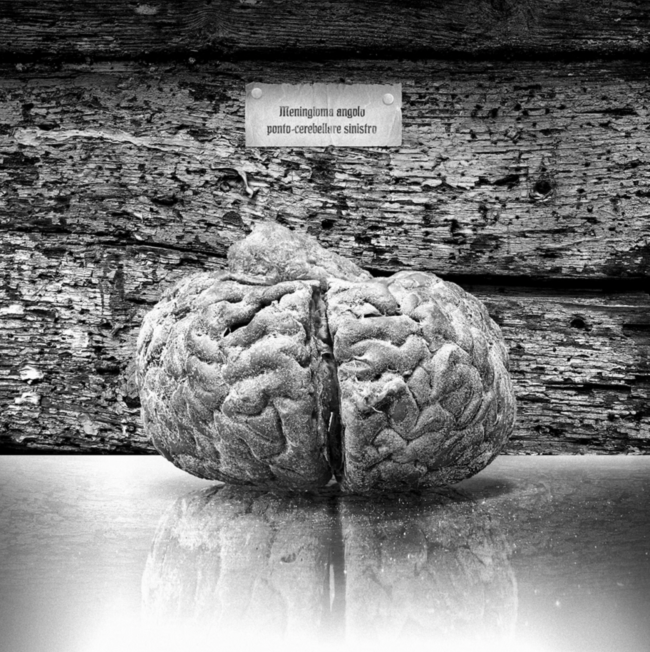
Venezia | Isola di San Servolo, Museo del Manicomio
Robert W. Sackl-Kahr Sagostin
Chromogenic print on Crystal Archive Paper, laminated on Dibond, numbered, signed and framed
100 x 100 cm
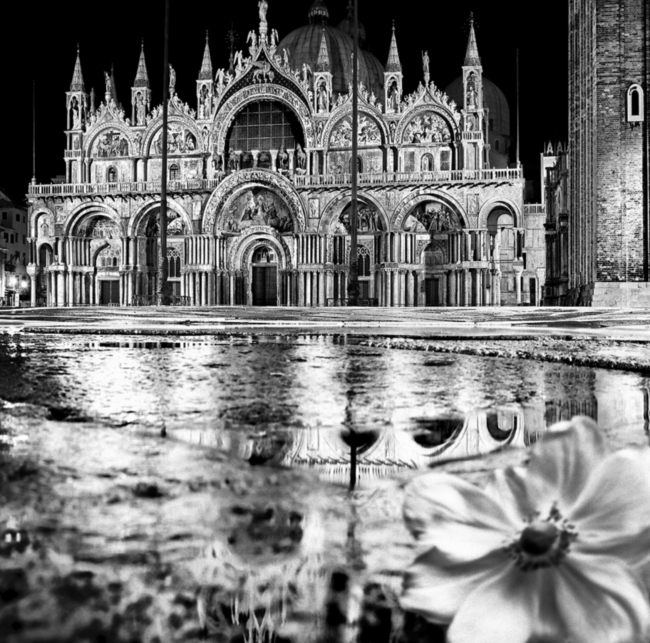
Venezia | Piazza San Marco
Robert W. Sackl-Kahr Sagostin
Chromogenic print on Crystal Archive Paper, laminated on Dibond, numbered, signed and framed
100 x 100 cm
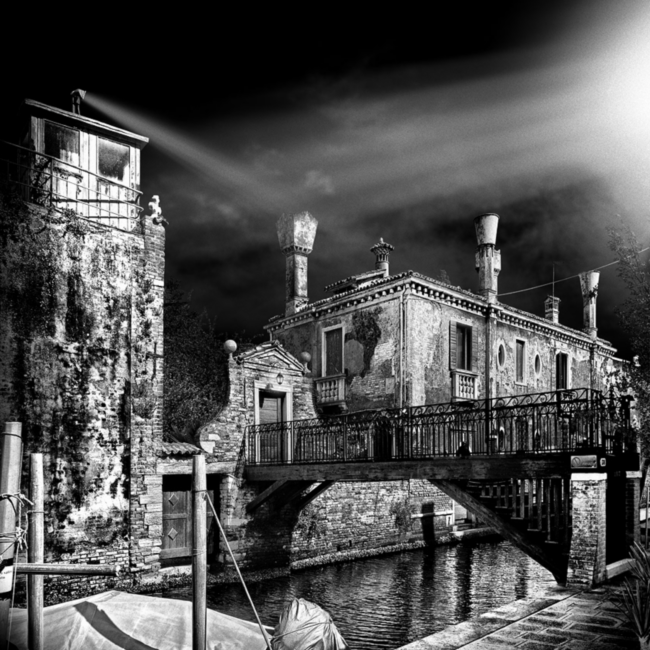
Venezia | Giudecca, Fondamenta Rio Croce, Villa delle Rose (Giardino Eden)
Robert W. Sackl-Kahr Sagostin
Chromogenic print on Crystal Archive Paper, laminated on Dibond, numbered, signed and framed
100 x 100 cm
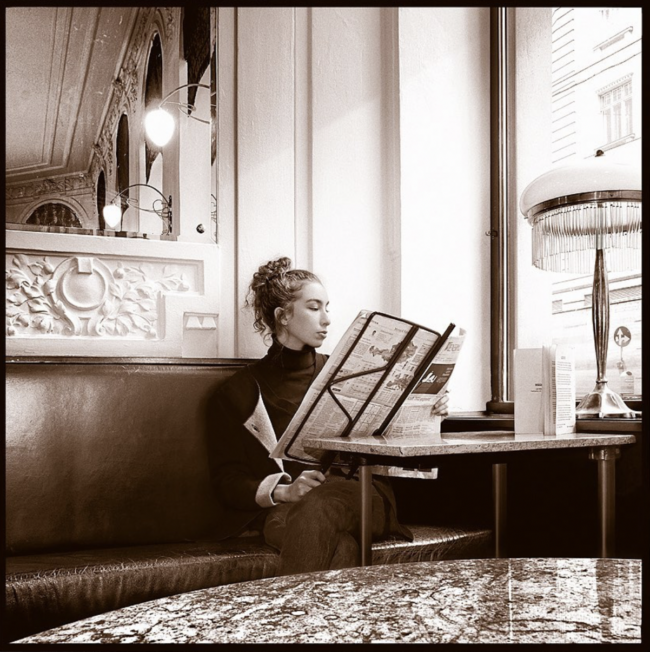
Café Ritter | Vienna
Robert W. Sackl-Kahr Sagostin
Chromogenic print on Crystal Archive Paper, laminated on Dibond, edition 5 copies, signed and numbered
100 x 100 cm
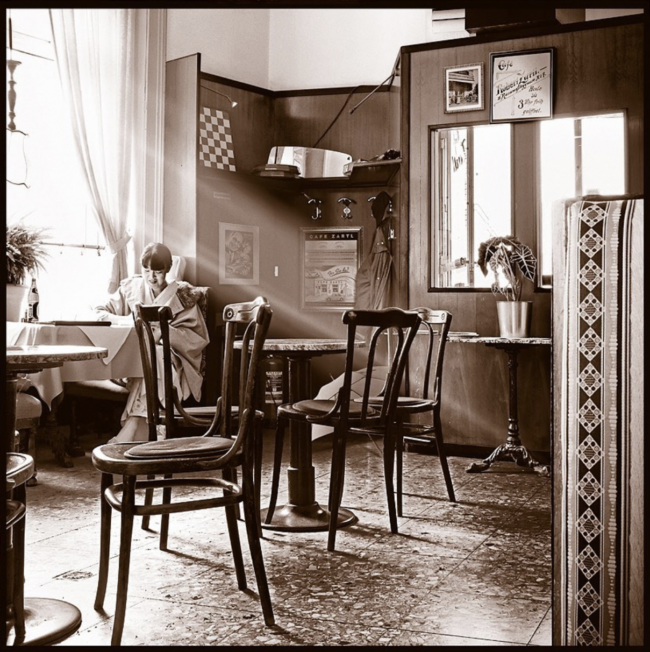
Café Zartl | Vienna
Robert W. Sackl-Kahr Sagostin
Chromogenic print on Crystal Archive Paper, laminated on Dibond, edition 5 copies, signed and numbered
100 x 100 cm
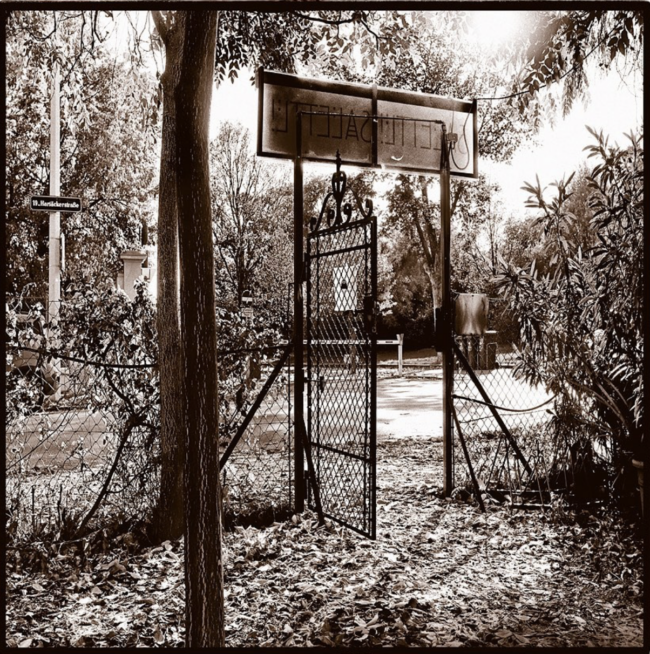
Café Salettl | Vienna
Robert W. Sackl-Kahr Sagostin
Chromogenic print on Crystal Archive Paper, laminated on Dibond, edition 5 copies, signed and numbered
100 x 100 cm
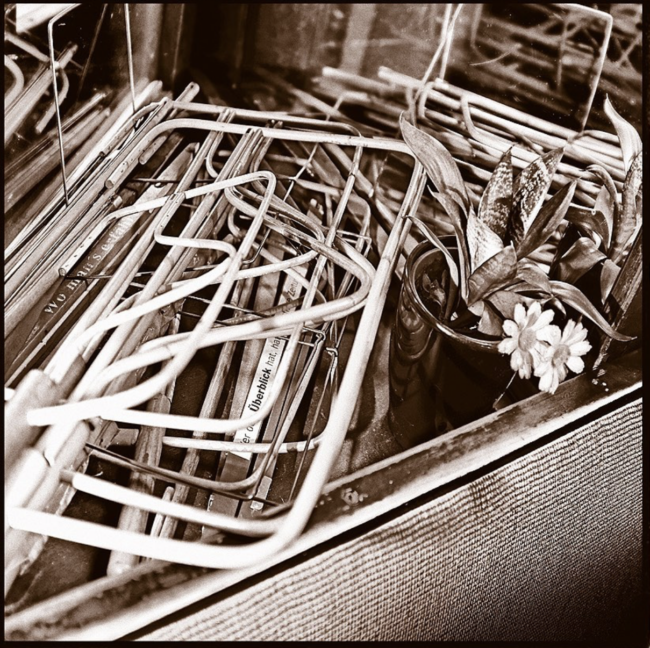
Café Weidinger | Vienna
Robert W. Sackl-Kahr Sagostin
Chromogenic print on Crystal Archive Paper, laminated on Dibond, edition 5 copies, signed and numbered
100 x 100 cm
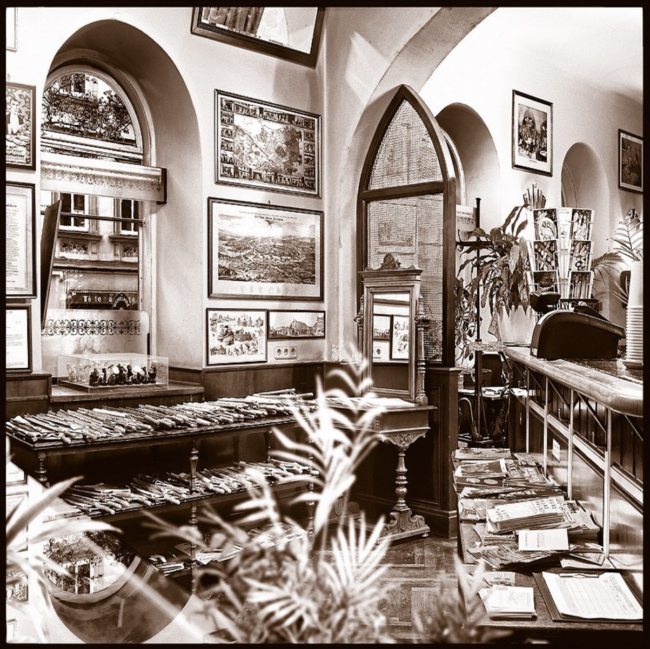
Café Weingartner | Vienna
Robert W. Sackl-Kahr Sagostin
Chromogenic print on Crystal Archive Paper, laminated on Dibond, edition 5 copies, signed and numbered
100 x 100 cm
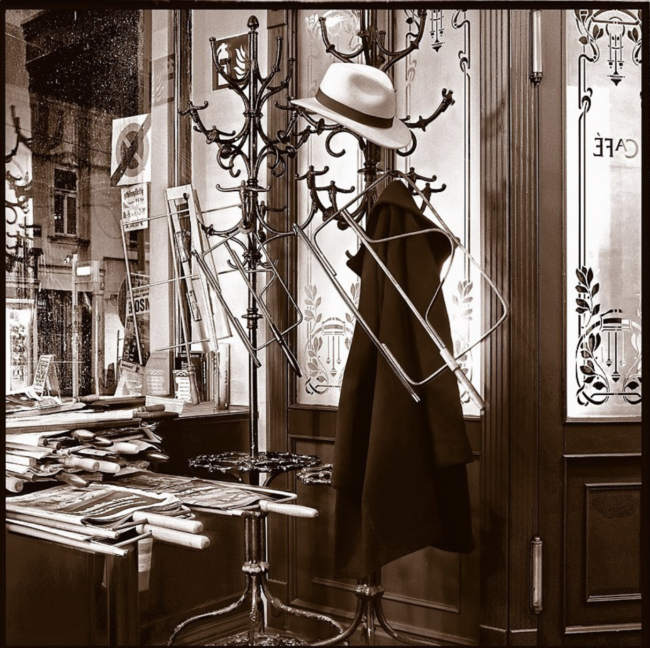
Café Ritter | Vienna
Robert W. Sackl-Kahr Sagostin
Chromogenic print on Crystal Archive Paper, laminated on Dibond, edition 5 copies, signed and numbered
100 x 100 cm
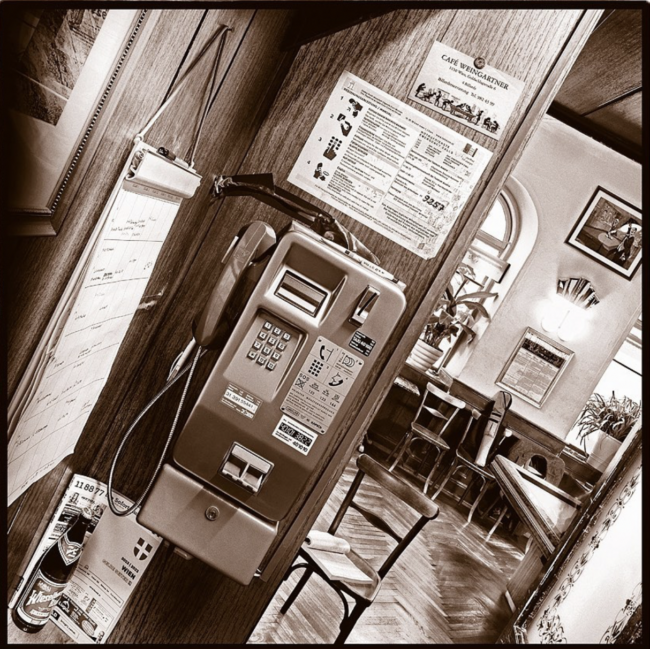
Café Weingartner | Vienna
Robert W. Sackl-Kahr Sagostin
Chromogenic print on Crystal Archive Paper, laminated on Dibond, edition 5 copies, signed and numbered
100 x 100 cm
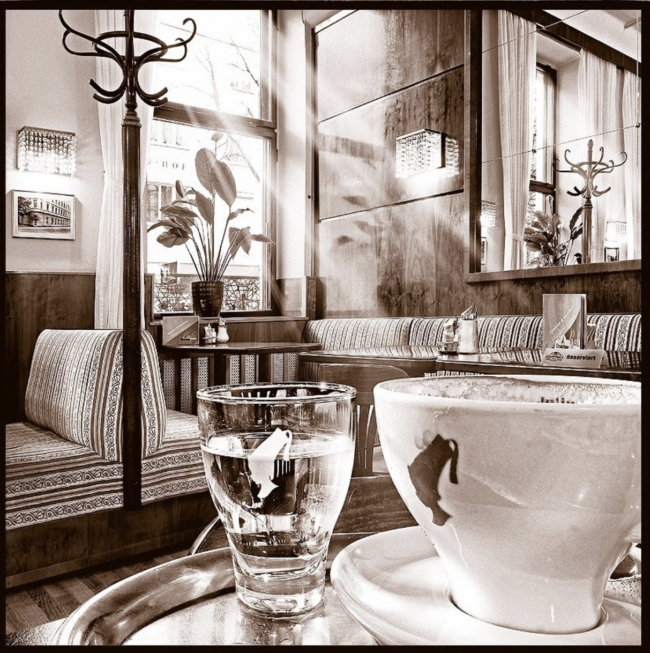
Café Raimann | Vienna
Robert W. Sackl-Kahr Sagostin
Chromogenic print on Crystal Archive Paper, laminated on Dibond, edition 5 copies, signed and numbered
100 x 100 cm
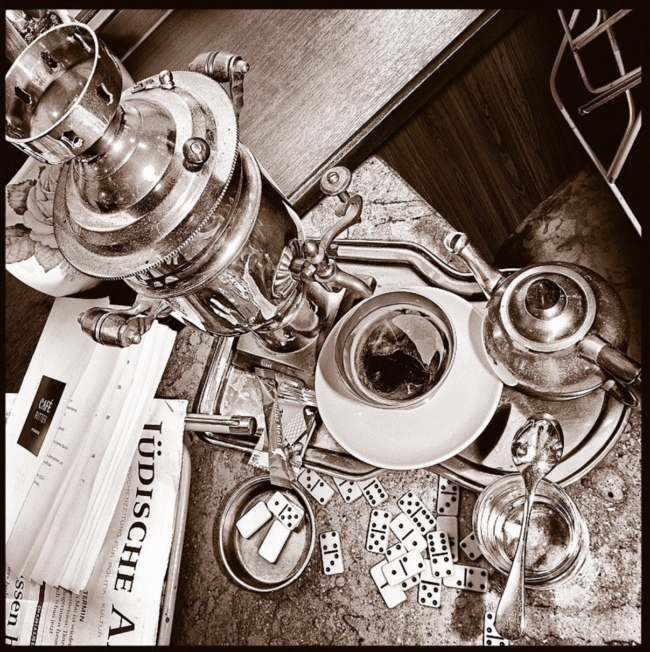
Café Ritter | Vienna
Robert W. Sackl-Kahr Sagostin
Chromogenic print on Crystal Archive Paper, laminated on Dibond, edition 5 copies, signed and numbered
100 x 100 cm
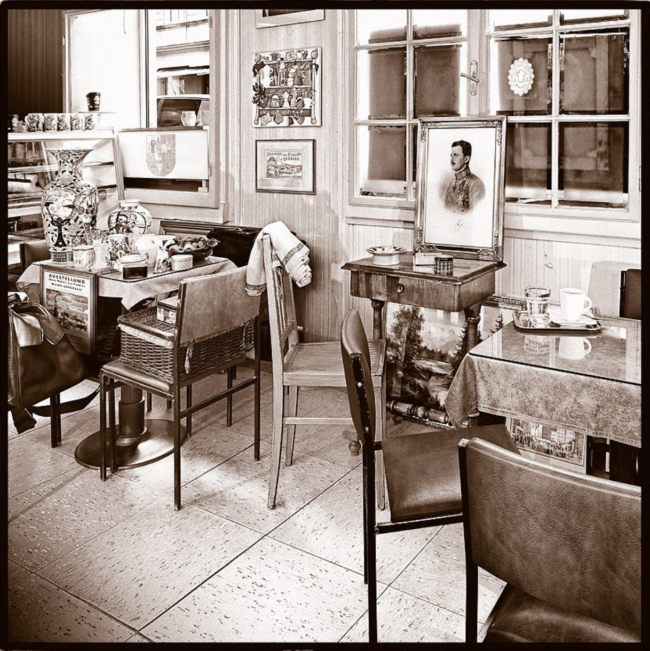
Café Schlemmer | Vienna
Robert W. Sackl-Kahr Sagostin
Chromogenic print on Crystal Archive Paper, laminated on Dibond, edition 5 copies, signed and numbered
100 x 100 cm
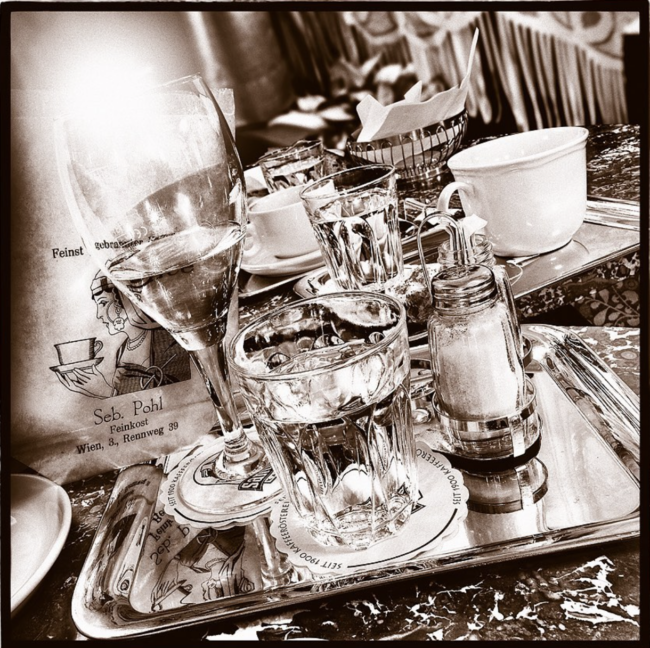
Café Weidinger | Vienna
Robert W. Sackl-Kahr Sagostin
Chromogenic print on Crystal Archive Paper, laminated on Dibond, edition 5 copies, signed and numbered
100 x 100 cm
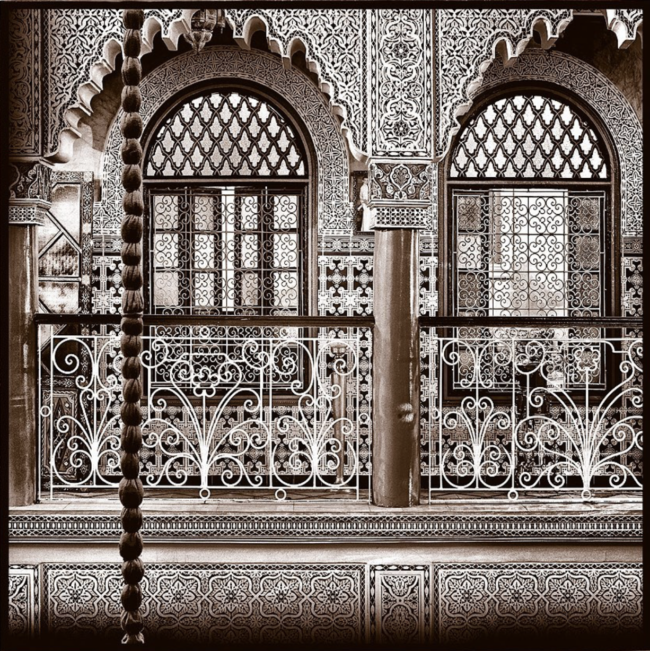
Rue Riad Zitoun el Jdid | Marrakech
Robert W. Sackl-Kahr Sagostin
Chromogenic print on FineArt Baryta 325 gsm, Acid-free Passepartout, edition 7 copies, signed and numbered
40 x 40 cm
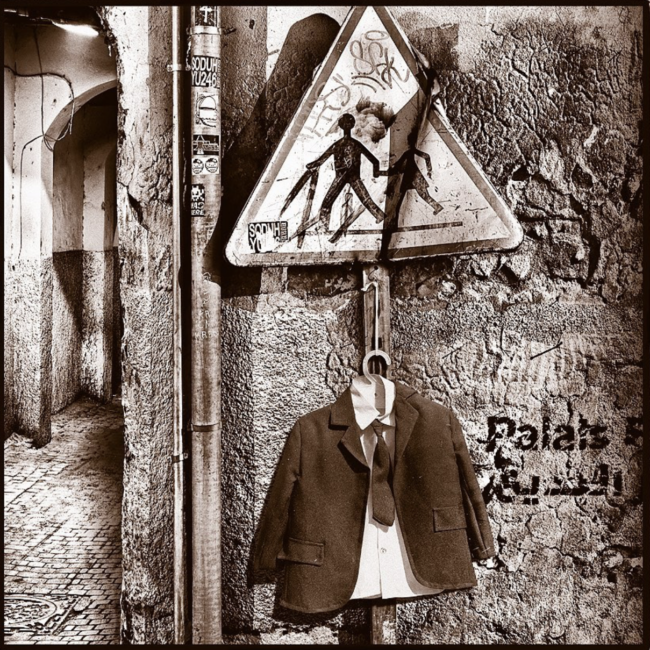
Riad Zitoun Kdim | Marrakech
Robert W. Sackl-Kahr Sagostin
Chromogenic print on FineArt Baryta 325 gsm, Acid-free Passepartout, edition 7 copies, signed and numbered
40 x 40 cm
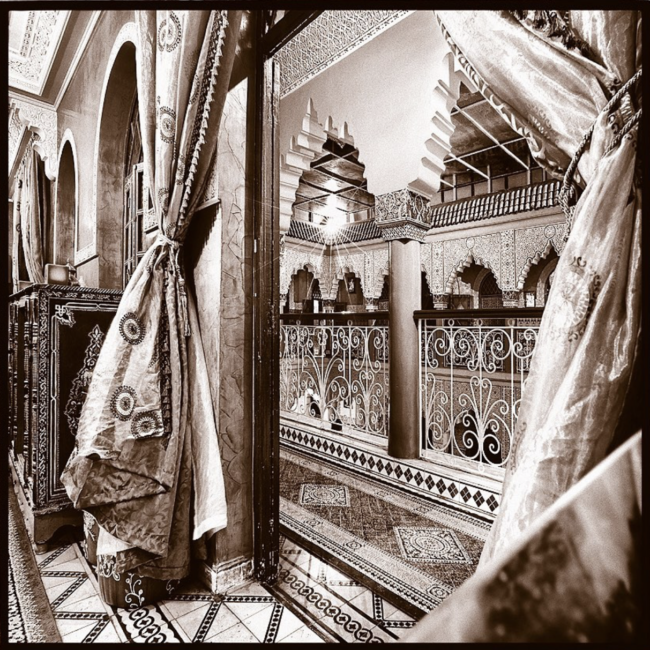
Rue Riad Zitoun el Jdid | Marrakech
Robert W. Sackl-Kahr Sagostin
Chromogenic print on FineArt Baryta 325 gsm, Acid-free Passepartout, edition 7 copies, signed and numbered
40 x 40 cm
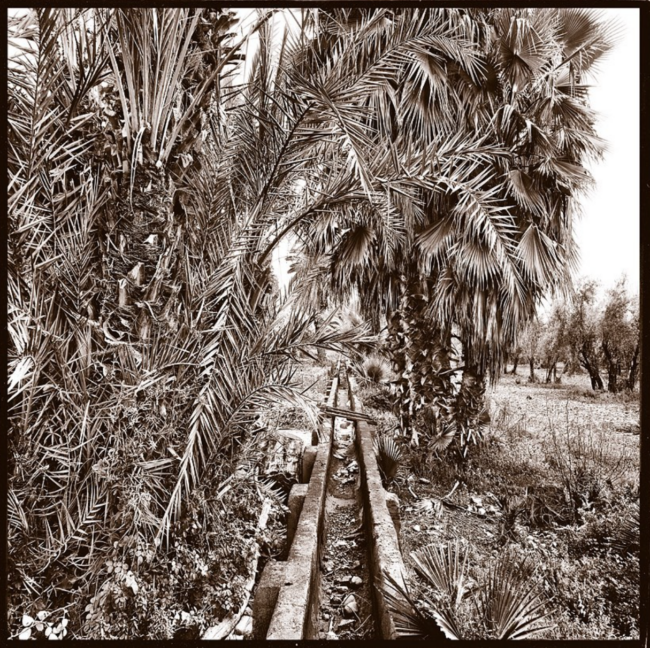
Jardin de la Ménara | Marrakech
Robert W. Sackl-Kahr Sagostin
Chromogenic print on FineArt Baryta 325 gsm, Acid-free Passepartout, edition 7 copies, signed and numbered
40 x 40 cm
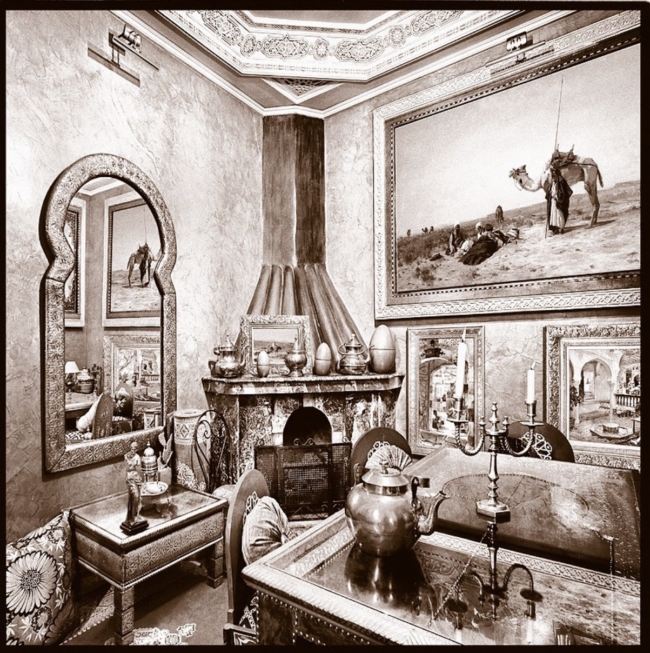
Place des Epices | Marrakech
Robert W. Sackl-Kahr Sagostin
Chromogenic print on FineArt Baryta 325 gsm, Acid-free Passepartout, edition 7 copies, signed and numbered
40 x 40 cm
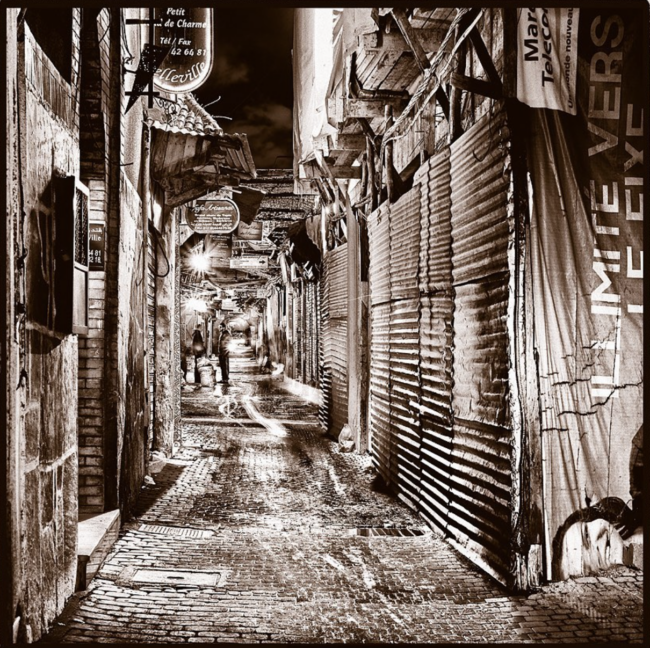
Derb Chaabane, Rue Riad Zitoun el Kdim | Marrakech
Robert W. Sackl-Kahr Sagostin
Chromogenic print on FineArt Baryta 325 gsm, Acid-free Passepartout, edition 7 copies, signed and numbered
40 x 40 cm
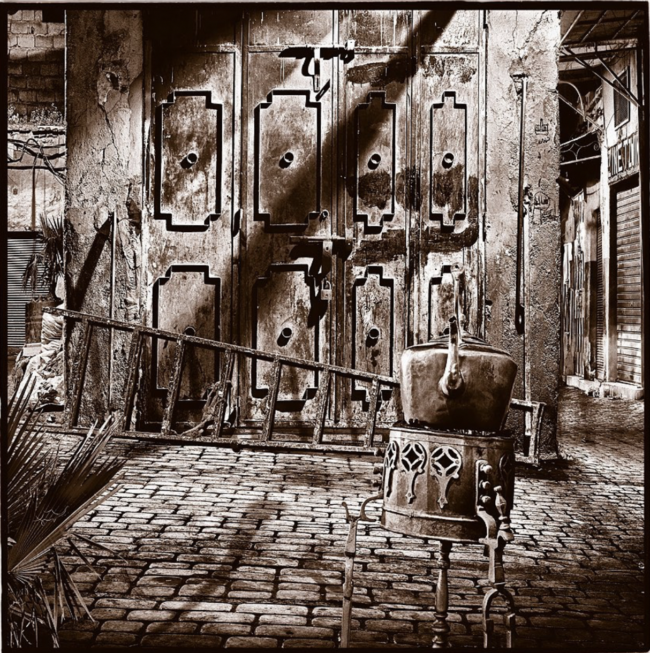
Riad Zitoun Lakdim | Marrakech
Robert W. Sackl-Kahr Sagostin
Chromogenic print on FineArt Baryta 325 gsm, Acid-free Passepartout, edition 7 copies, signed and numbered
40 x 40 cm
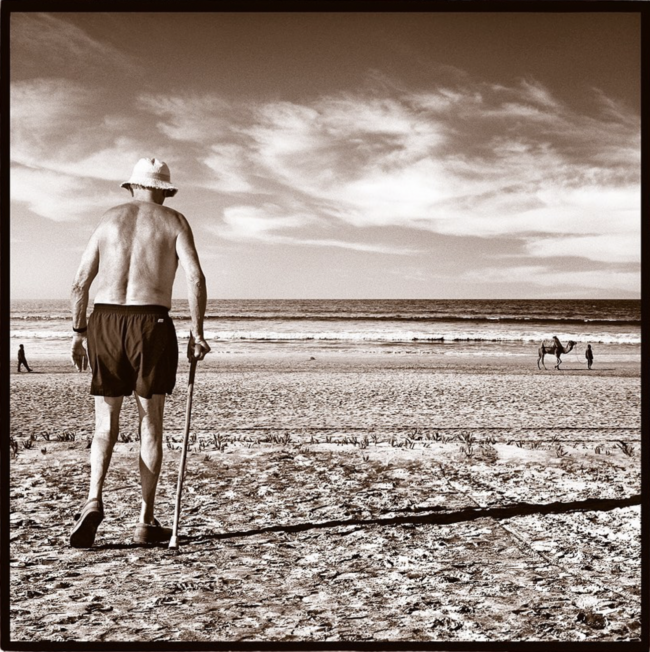
Boulevard Almawla Alhassan Alawwal, Tarfaya coast | Sahara
Robert W. Sackl-Kahr Sagostin
Chromogenic print on FineArt Baryta 325 gsm, Acid-free Passepartout, edition 7 copies, signed and numbered
40 x 40 cm
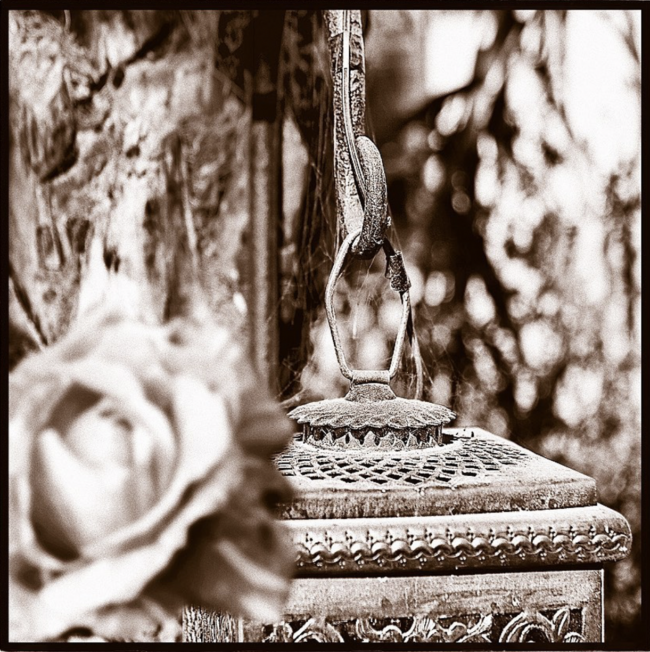
La Nouvelle Medina Cocco Polizzi | Agadir
Robert W. Sackl-Kahr Sagostin
Chromogenic print on FineArt Baryta 325 gsm, Acid-free Passepartout, edition 7 copies, signed and numbered
40 x 40 cm
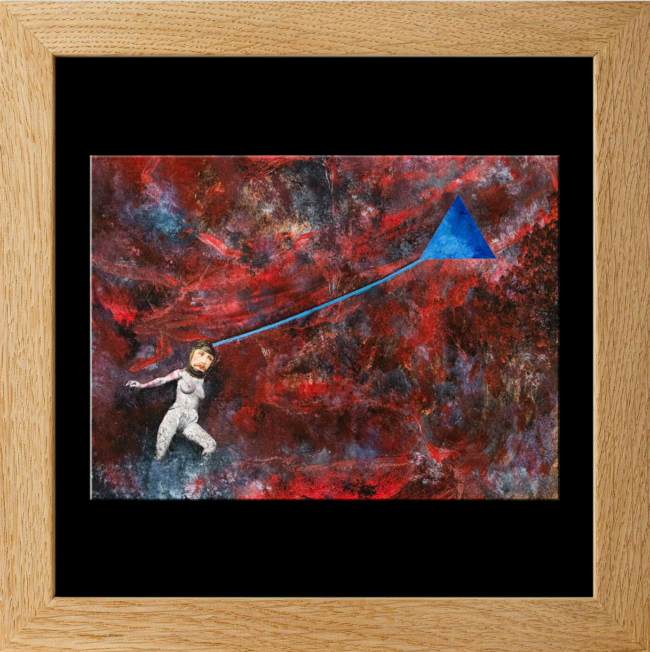
Le capitaine Nemo étudie les galaxies rouges
Robert W. Sackl-Kahr Sagostin
oil/acrylic paint/mixed media on cardboard, acid-free passepartout 40 x 40 cm, framed
16,6 x 22,3 cm
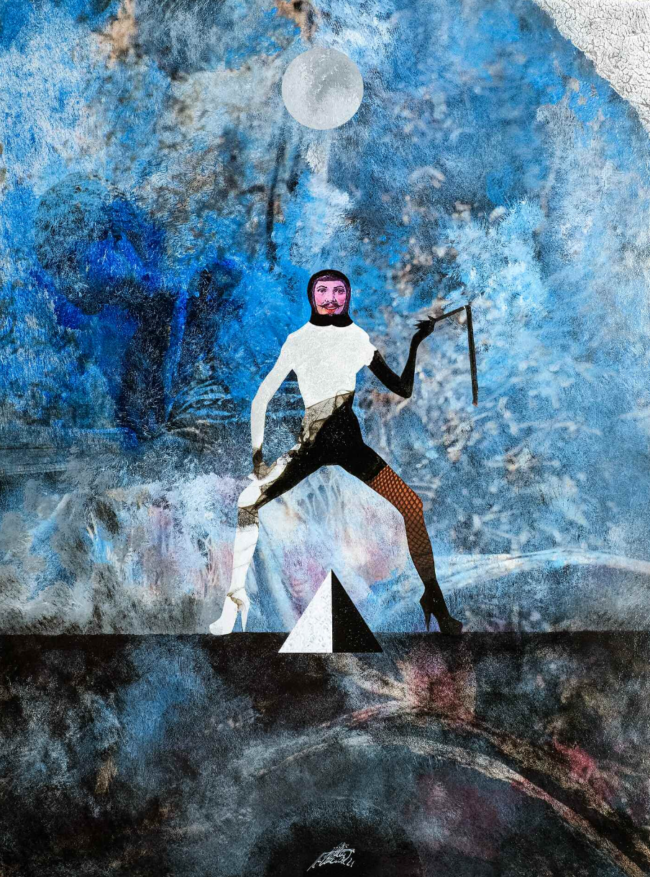
Mistress Nemo
Robert W. Sackl-Kahr Sagostin
oil/acrylic paint on cardboard, acid-free passepartout 40x40 cm, framed
29 x 21,5 cm
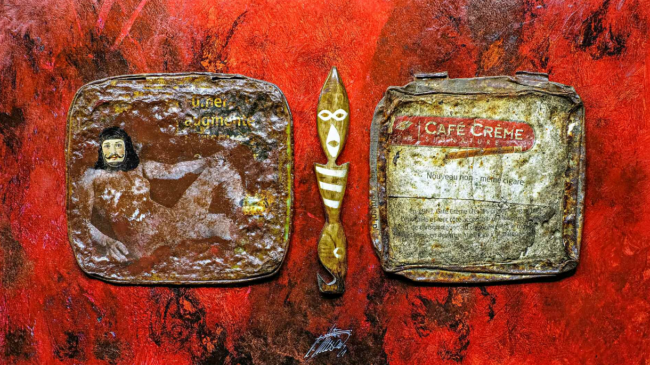
Le capitaine Nemo trône sur sa boîte à cigares
Robert W. Sackl-Kahr Sagostin
oil/acrylic paint/mixed media on cardboard, acid-free passepartout 40x40 cm, framed
16 x 29 cm
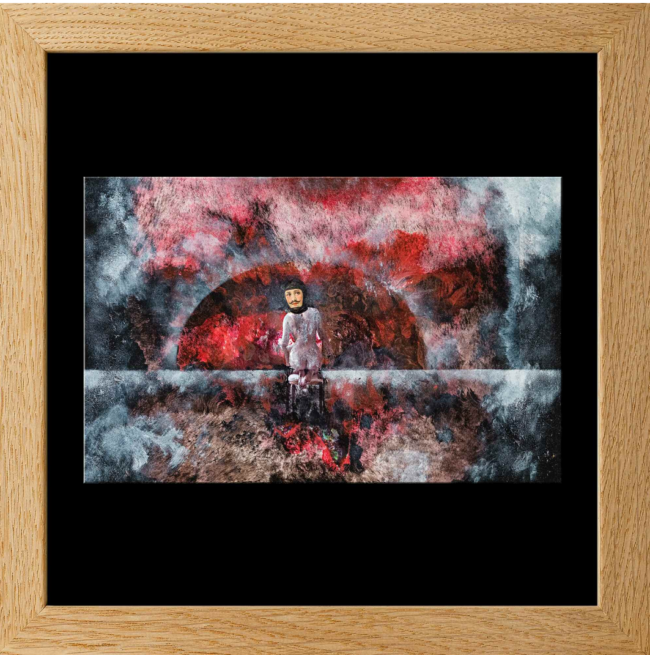
La capitaine Nemo profite de soleil de la nuit
Robert W. Sackl-Kahr Sagostin
oil/acrylic paint on cardboard, acid-free passepartout 40x40 cm, framed
16,6 x 26 cm
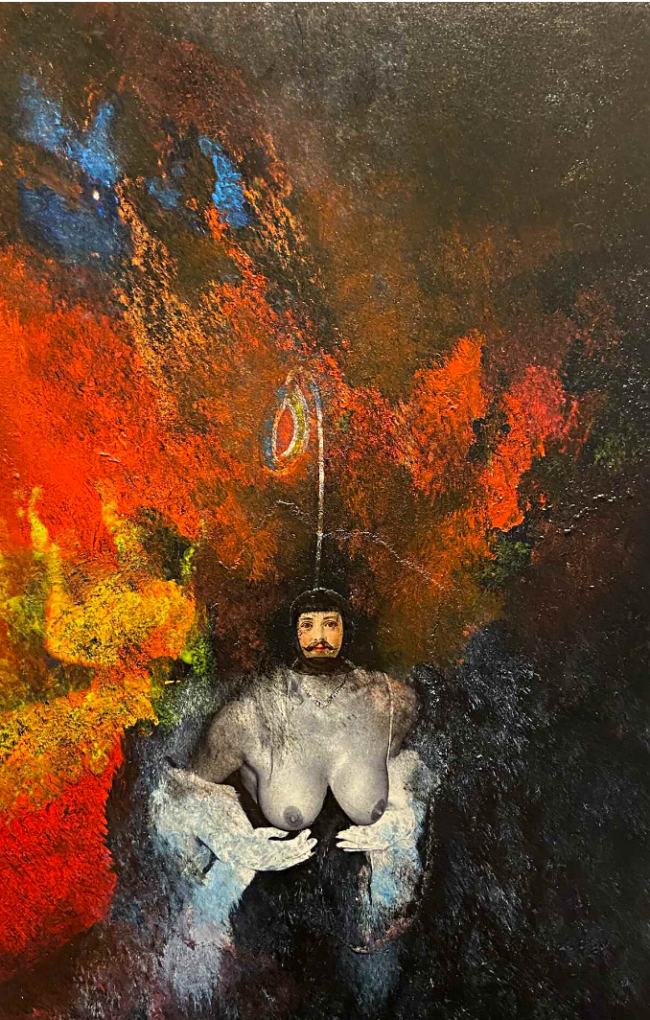
Le capitaine Nemo en robe de soirée
Robert W. Sackl-Kahr Sagostin
oil/acrylic paint/mixed media on cardboard, acid-free passepartout 40x40 cm, framed
30 x 21 cm
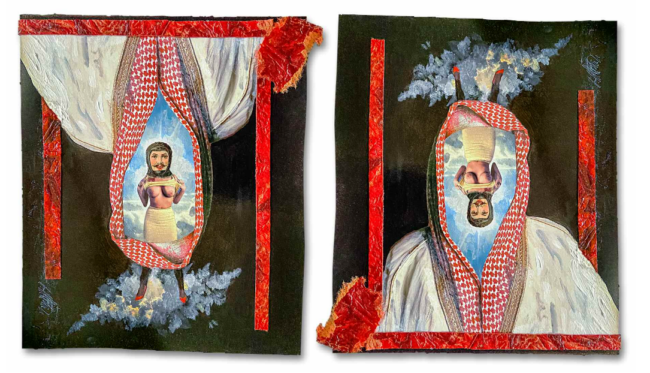
Le capitaine Nemo aux portes du paradis
Robert W. Sackl-Kahr Sagostin
oil/acrylic paint/mixed media on cardboard, acid-free passepartout 40x40 cm, framed
30 x 21 cm
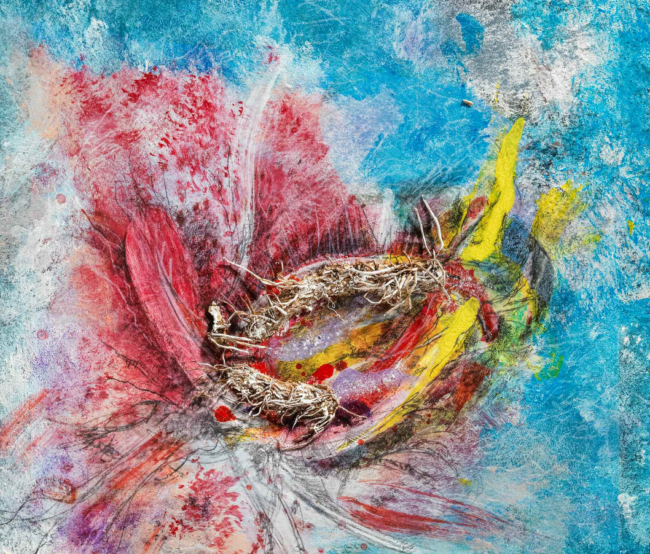
Fruits des bois au bord du lac
Robert W. Sackl-Kahr Sagostin
oil/acrylic paint/mixed media on cardboard, acid-free passepartout 40x40 cm, framed
15,5 x 17,8 cm
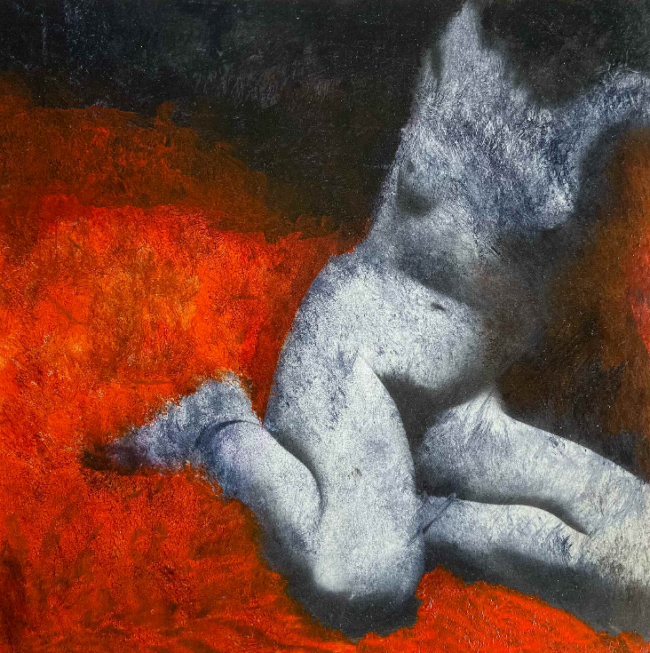
La couverture rouge
Robert W. Sackl-Kahr Sagostin
oil/acrylic paint/mixed media on cardboard, acid-free passepartout 40x40 cm, framed
30 x 30 cm
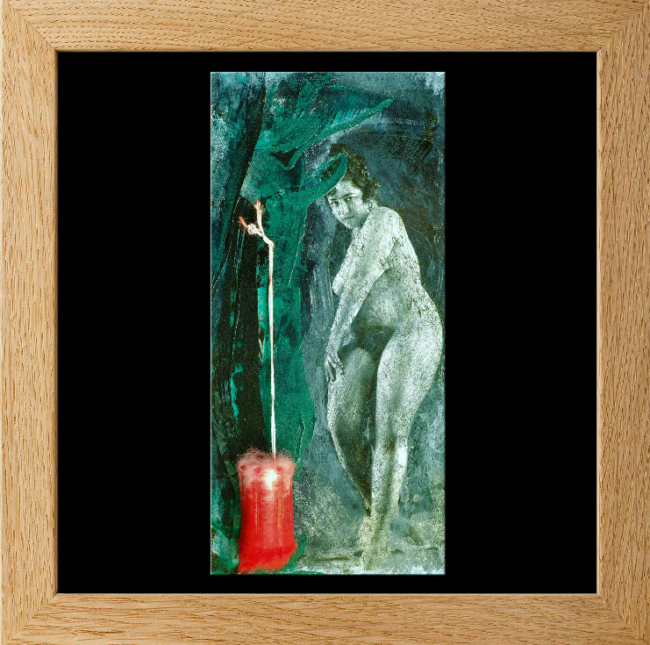
Rouge et vert
Robert W. Sackl-Kahr Sagostin
oil/acrylic paint/mixed media on cardboard, acid-free passepartout 40x40 cm, framed
27,5 x 12,7 cm
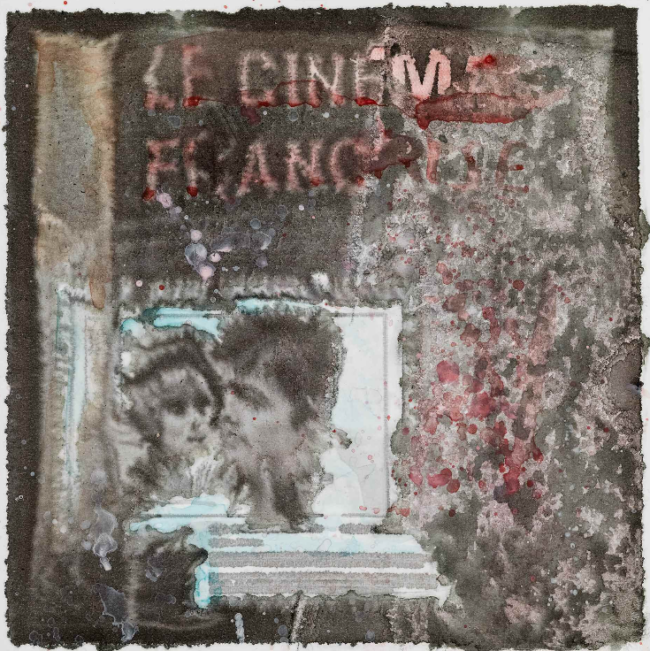
Le cinéma français (Mireille Darc et Alain Delon)
Robert W. Sackl-Kahr Sagostin
ink/watercolor on cardboard, acid-free passepartout 40x40 cm, framed
21 x 21 cm
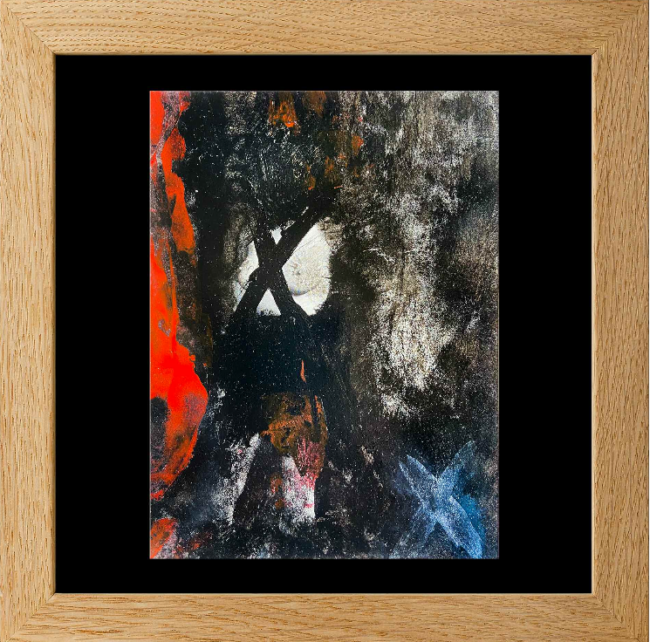
Jeux noirs
Robert W. Sackl-Kahr Sagostin
oil/acrylic paint on cardboard, acid-free passepartout 40x40 cm, framed
22 x 16,5 cm
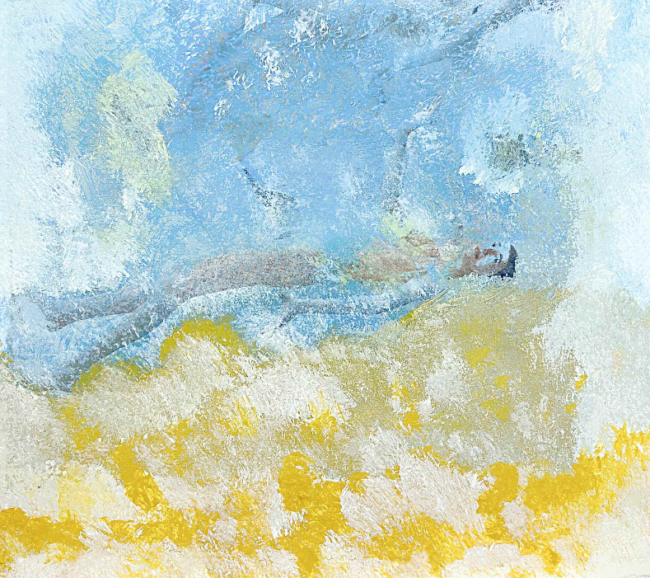
Sur la plage (projet n ̊1)
Robert W. Sackl-Kahr Sagostin
oil/acrylic paint on cardboard, acid-free passepartout 37 x 30 cm, framed
13,4 x 15 cm
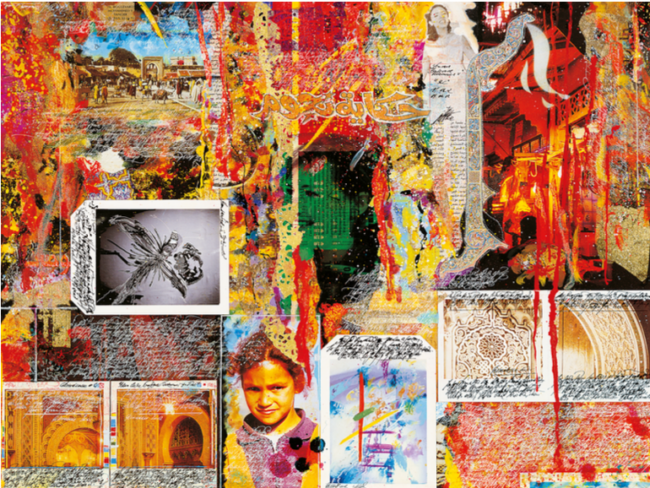
Marrakech 052
Robert W. Sackl-Kahr Sagostin
mixed media/cardboard
45,5 x 60,8 cm
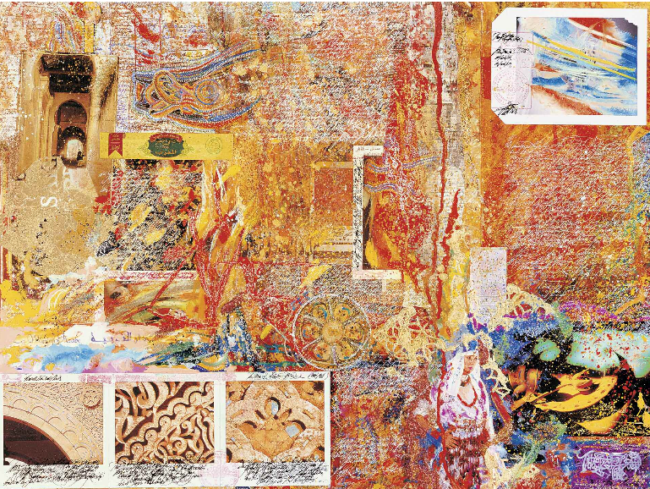
Marrakech 053 | La Maison Arabe
Robert W. Sackl-Kahr Sagostin
mixed media/cardboard
45,5 x 60,8 cm
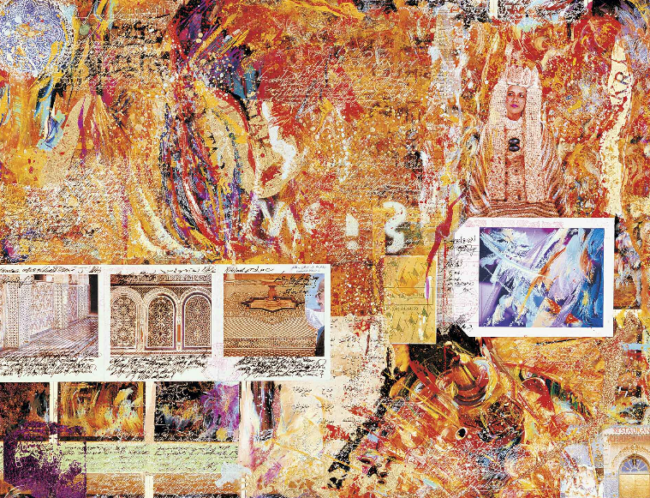
Marrakech 054 | Cramane
Robert W. Sackl-Kahr Sagostin
mixed media/cardboard
45,5 x 60,8 cm
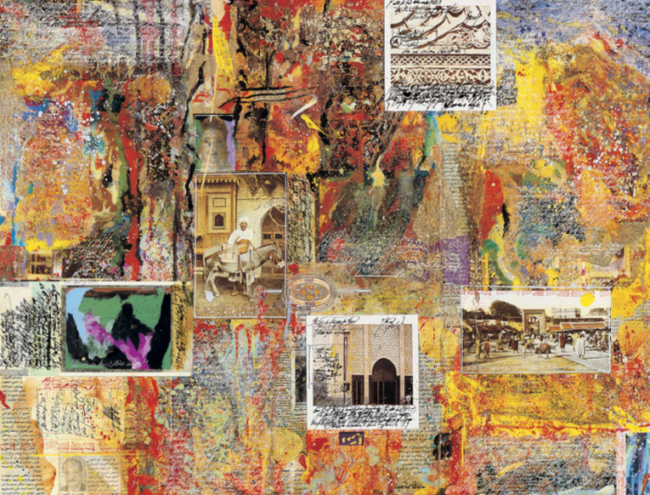
Marrakech 057 | Entrée du palais du Sultan à Tanger
Robert W. Sackl-Kahr Sagostin
mixed media/cardboard
45,5 x 60,8 cm
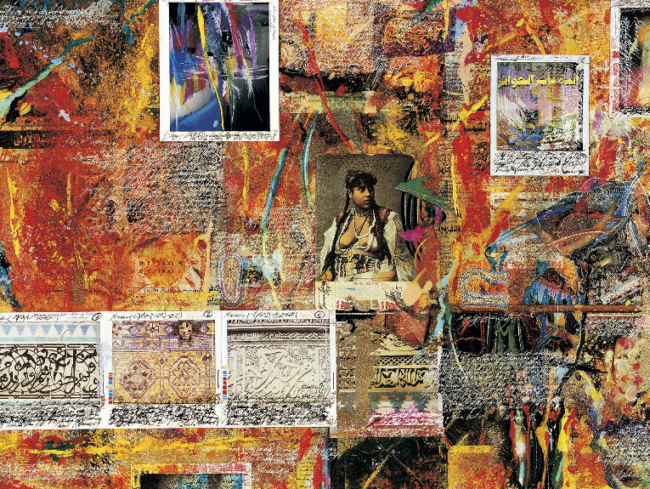
Marrakech 058 | Jeune fellaha
Robert W. Sackl-Kahr Sagostin
mixed media/cardboard
45,5 x 60,8 cm
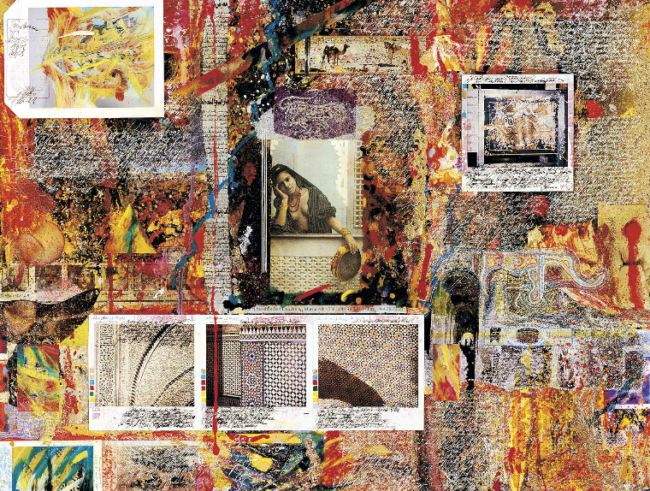
Marrakech 059 | Fille Arabe
Robert W. Sackl-Kahr Sagostin
mixed media/cardboard
45,5 x 60,8 cm
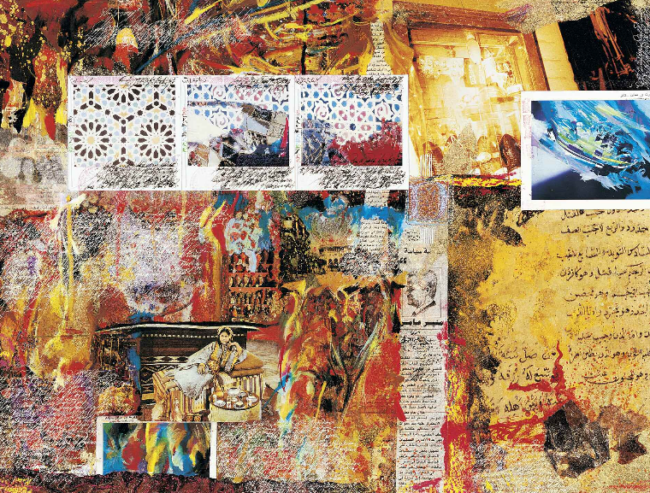
Marrakech 060 | Femme Arabe chez elle
Robert W. Sackl-Kahr Sagostin
mixed media/cardboard
45,5 x 60,8 cm
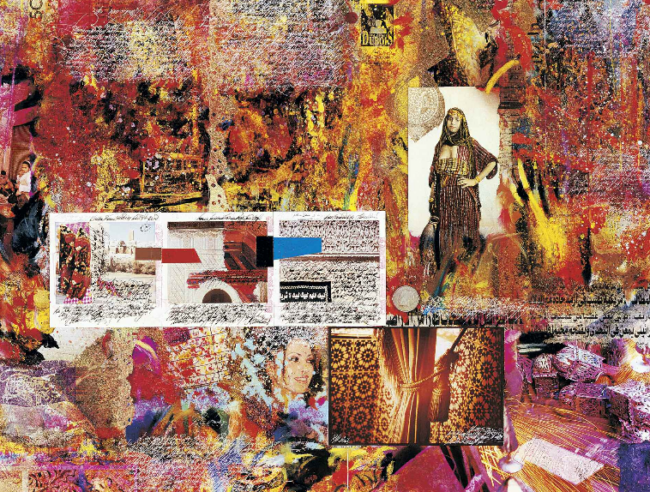
Marrakech 061 | Suc des babouches
Robert W. Sackl-Kahr Sagostin
mixed media/cardboard
45,5 x 60,8 cm
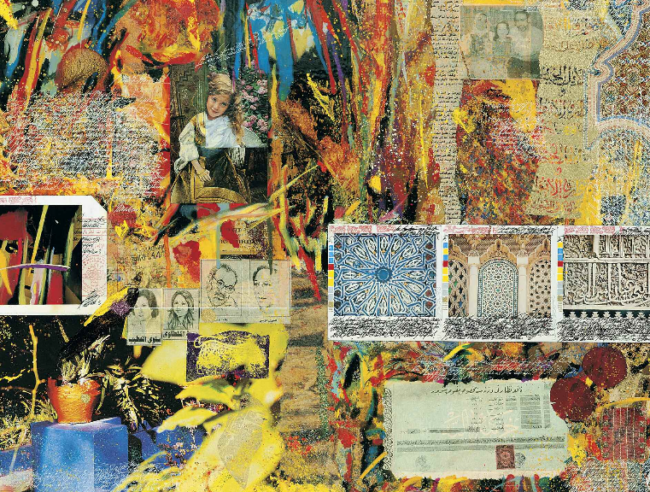
Marrakech 062 | Typ de jeune fille israélite
Robert W. Sackl-Kahr Sagostin
mixed media/cardboard
45,5 x 60,8 cm
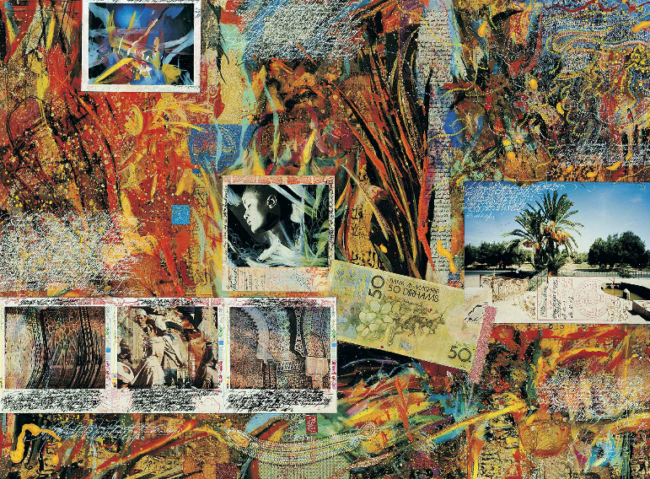
Marrakech 065 | La Maison Arabe
Robert W. Sackl-Kahr Sagostin
mixed media/cardboard
45,5 x 60,8 cm
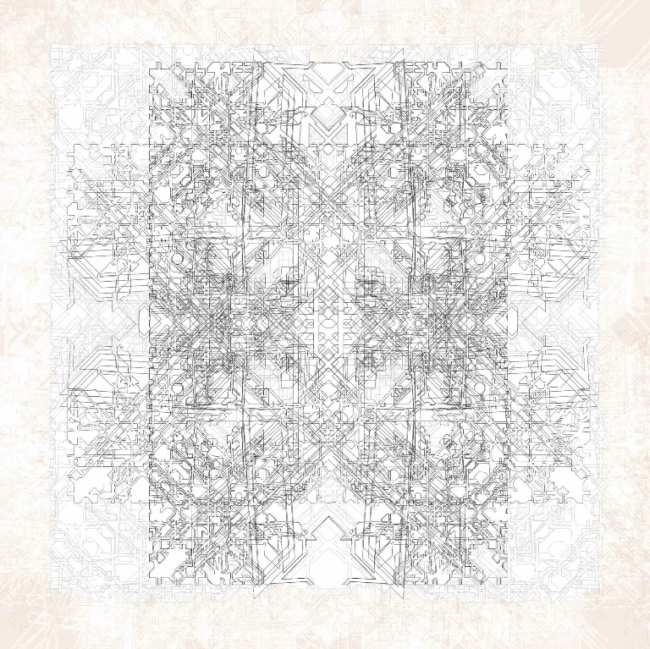
Primordial cell cross – Hommage à Fritz Hartlauer· part 5
Robert W. Sackl-Kahr Sagostin
Chromogenic print on Crystal Archive Paper, laminated on Dibond, Edition 3 copies, signed & numbered
40 x 40 cm
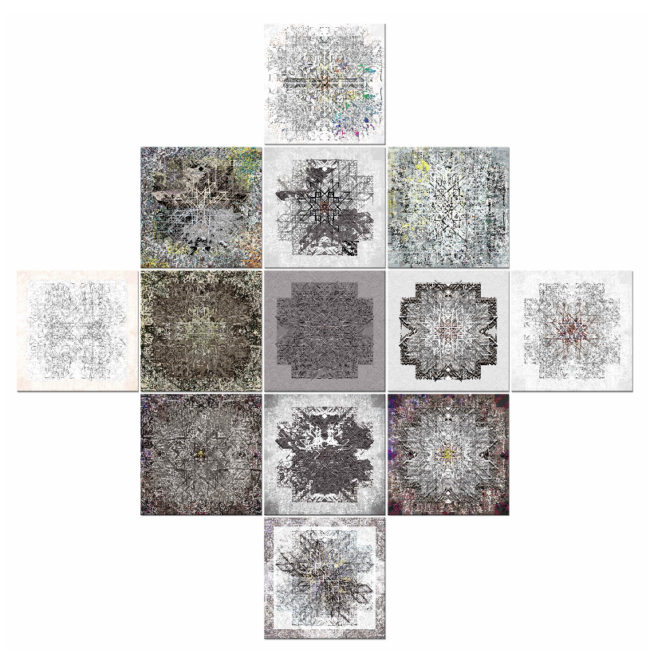
Primordial cell cross – Hommage à Fritz Hartlauer· general view
Robert W. Sackl-Kahr Sagostin
Chromogenic prints on Crystal Archive Paper, laminated on Dibond, Edition 3 copies, signed & numbered
204 x 204 cm
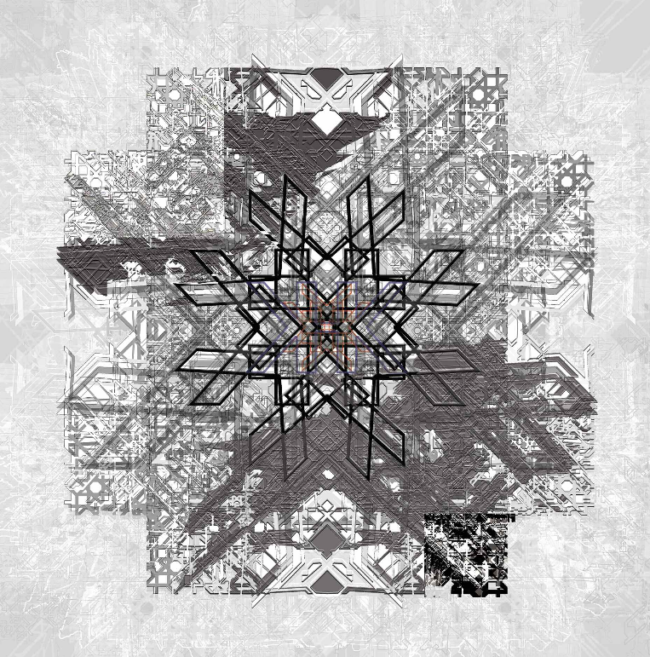
Primordial cell cross – Hommage à Fritz Hartlauer· part 3
Robert W. Sackl-Kahr Sagostin
Chromogenic print on Crystal Archive Paper, laminated on Dibond, 40x40 cm, Edition 3 copies, signed & numbered
40 x 40 cm
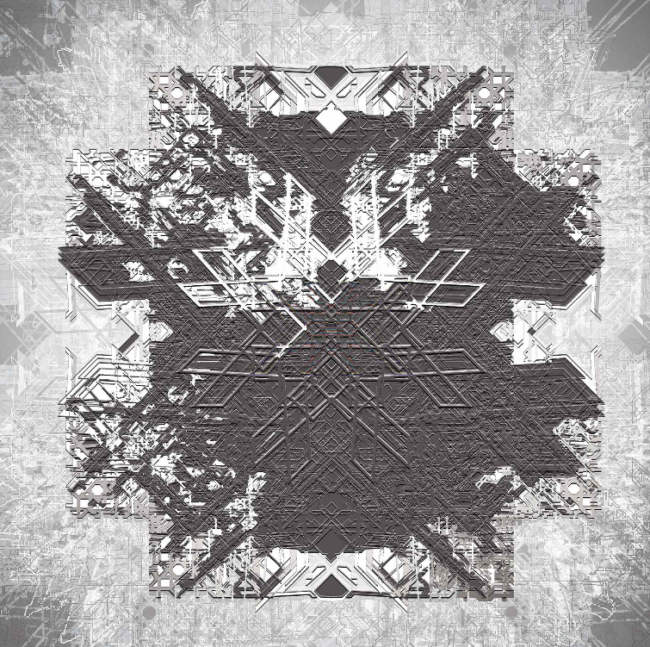
Primordial cell cross – Hommage à Fritz Hartlauer· part 11
Robert W. Sackl-Kahr Sagostin
Chromogenic print on Crystal Archive Paper, laminated on Dibond, Edition 3 copies, signed & numbered
40 x 40 cm
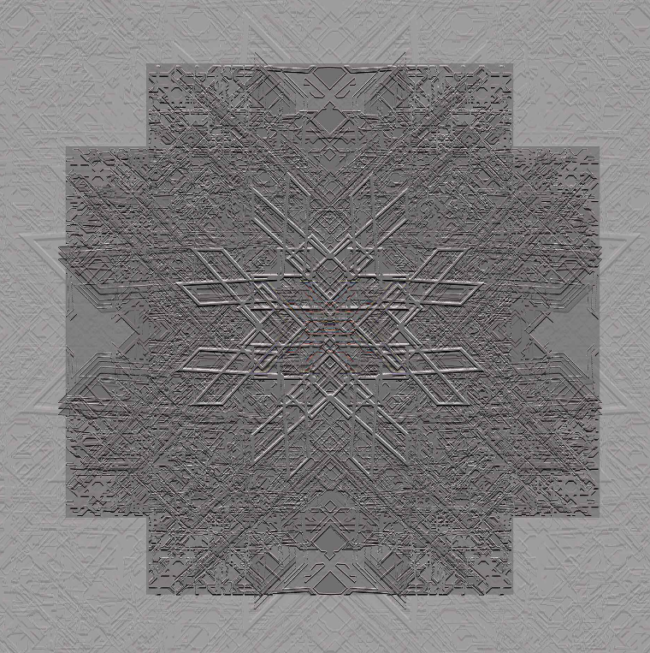
Primordial cell cross – Hommage à Fritz Hartlauer· part 7
Robert W. Sackl-Kahr Sagostin
Chromogenic print on Crystal Archive Paper, laminated on Dibond, Edition 3 copies, signed & numbered
40 x 40 cm
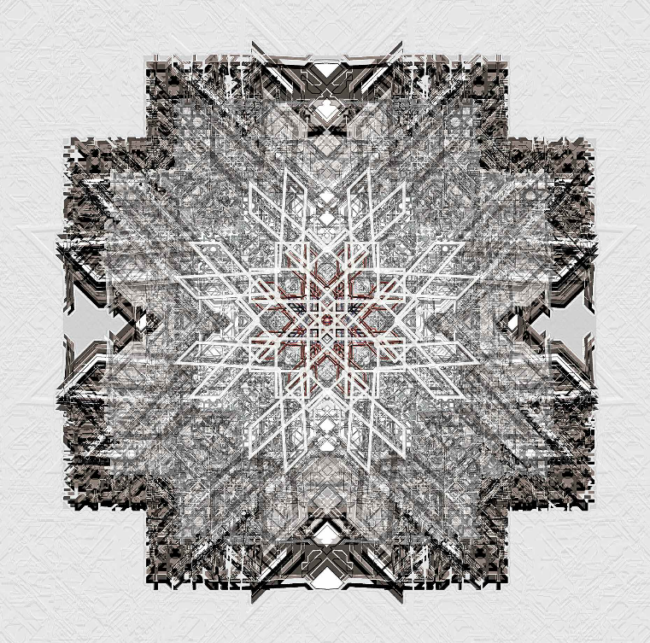
Primordial cell cross – Hommage à Fritz Hartlauer· part 8
Robert W. Sackl-Kahr Sagostin
Chromogenic print on Crystal Archive Paper, laminated on Dibond, Edition 3 copies, signed & numbered
40 x 40 cm
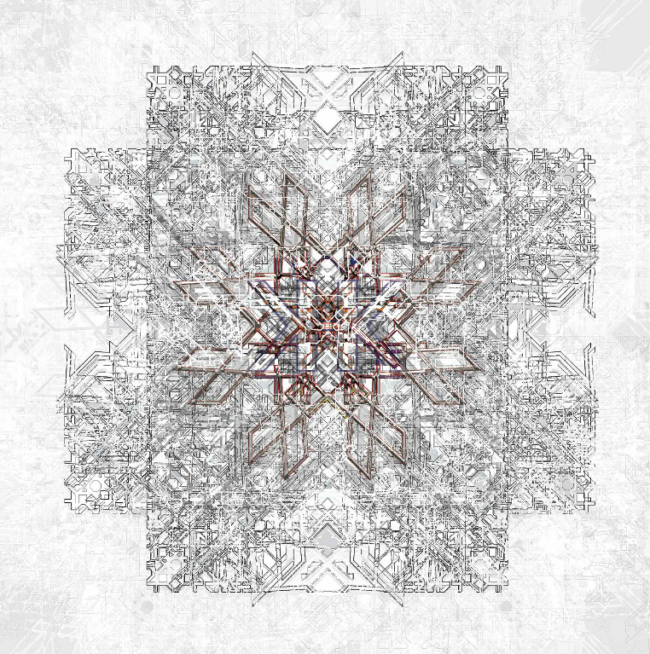
Primordial cell cross – Hommage à Fritz Hartlauer· part 9
Robert W. Sackl-Kahr Sagostin
Chromogenic print on Crystal Archive Paper, laminated on Dibond, Edition 3 copies, signed & numbered 82
40 x 40 cm
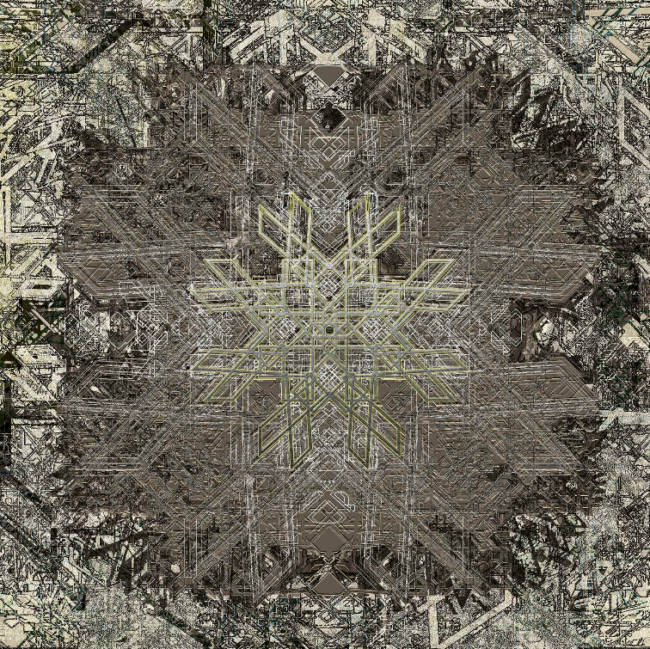
Primordial cell cross – Hommage à Fritz Hartlauer· part 6
Robert W. Sackl-Kahr Sagostin
Chromogenic print on Crystal Archive Paper, laminated on Dibond, Edition 3 copies, signed & numbered
40 x 40 cm
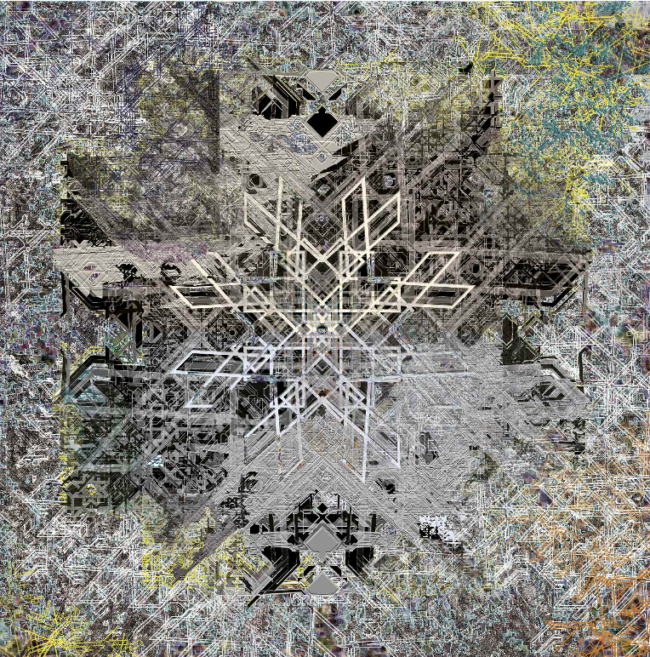
Primordial cell cross – Hommage à Fritz Hartlauer· part 2
Robert W. Sackl-Kahr Sagostin
Chromogenic print on Crystal Archive Paper, laminated on Dibond, Edition 3 copies, signed & numbered
40 x 40 cm
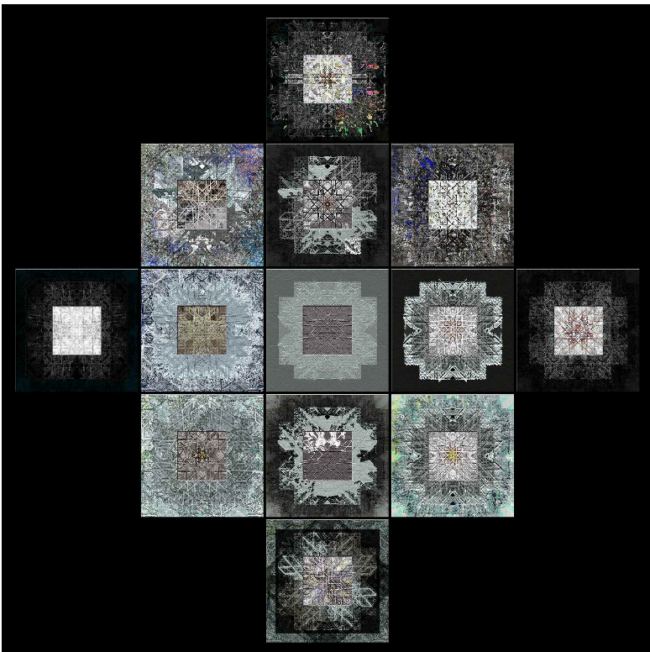
Primordial cell cross – Hommage à Fritz Hartlauer· projection view, Geneva
Robert W. Sackl-Kahr Sagostin
2000 x 2000 cm
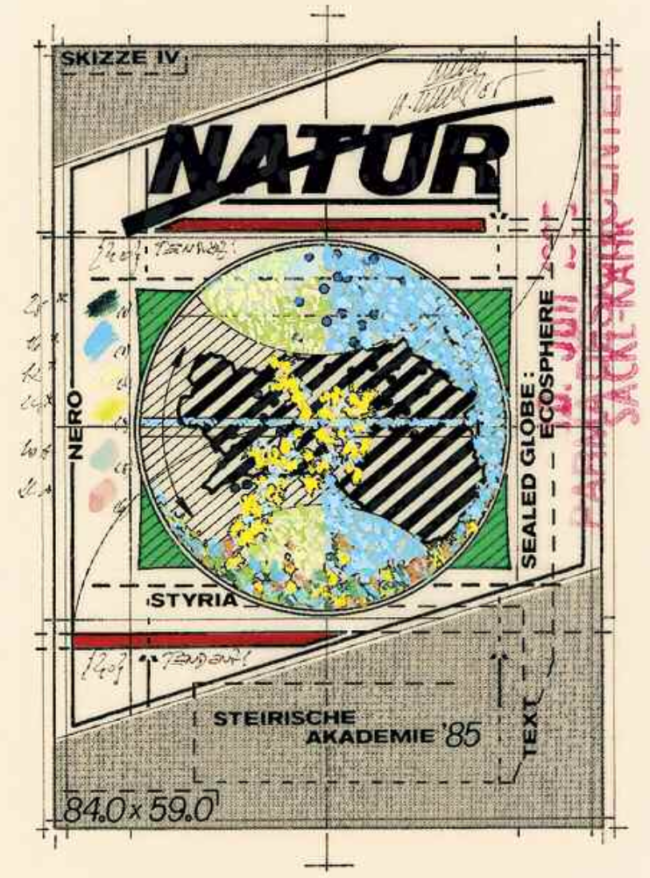
Space projection
Robert W. Sackl-Kahr Sagostin
ink/translucent paper
13 x 10 cm
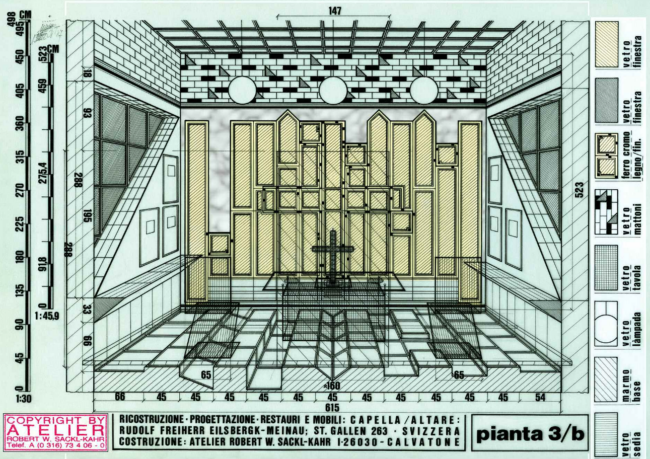
Church interior
Robert W. Sackl-Kahr Sagostin
ink/translucent paper
21 x 30 cm

Development plan greening
Robert W. Sackl-Kahr Sagostin
ink/photography
30 x 40 cm
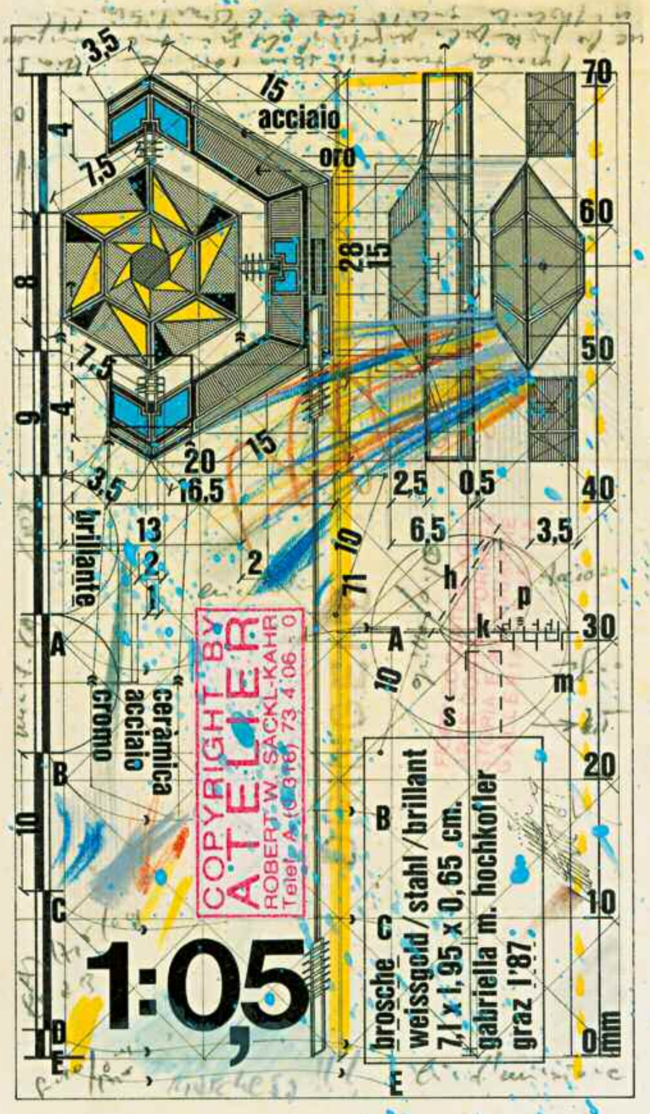
Jewelry design
Robert W. Sackl-Kahr Sagostin
ink/fiber pen/drawing paper
29,7 x 21 cm
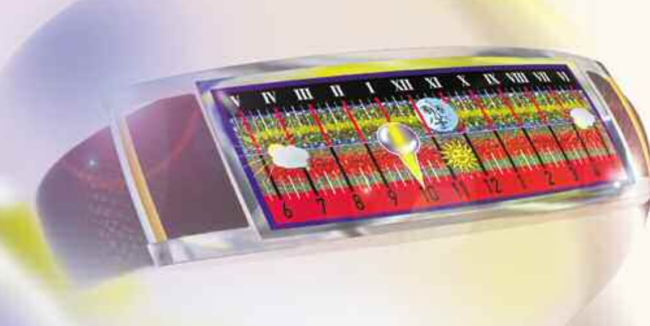
Watch design
Robert W. Sackl-Kahr Sagostin
photo
13 x 18 cm
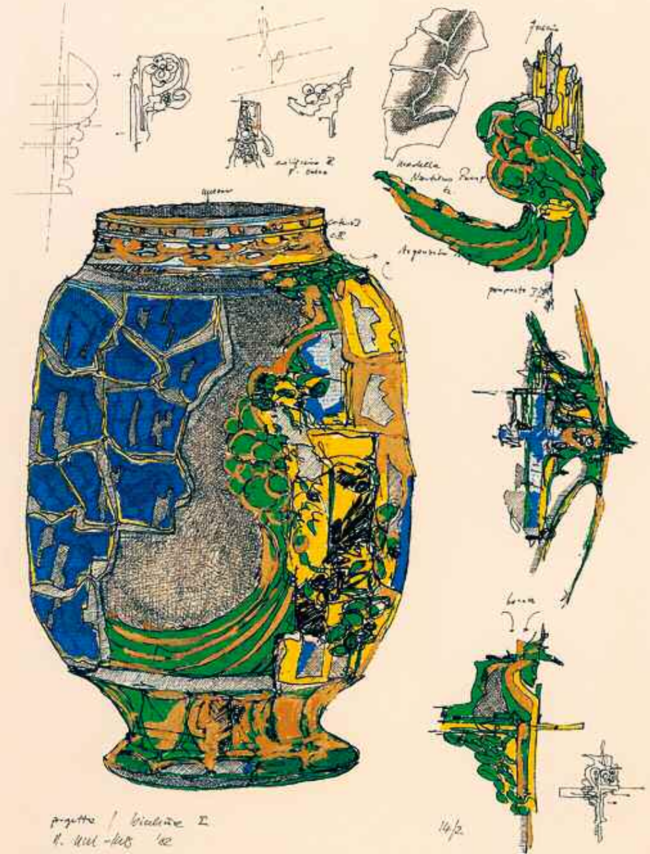
Murano glass cup
Robert W. Sackl-Kahr Sagostin
mixed media/carton
30 x 22 cm
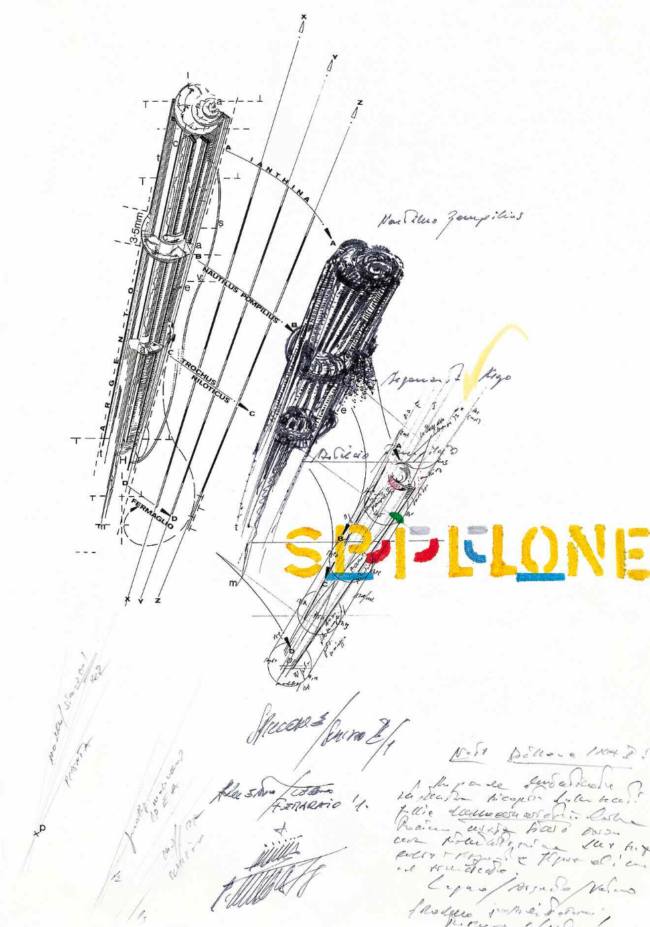
Spillone ̋argonauta argo ̋
Robert W. Sackl-Kahr Sagostin
ink/fiber pen/drawing paper
29,7 x 21 cm
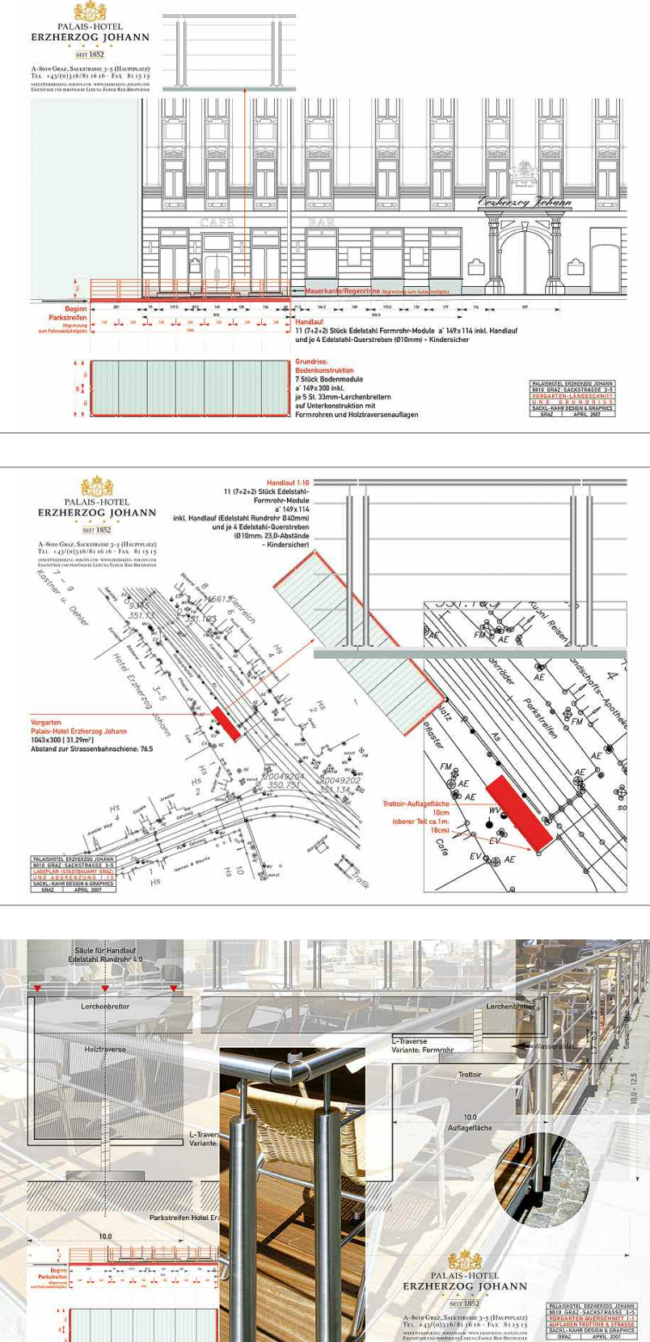
Forcourt and facade design
Robert W. Sackl-Kahr Sagostin
ink/drawing board/mixed media
30 x 40 cm
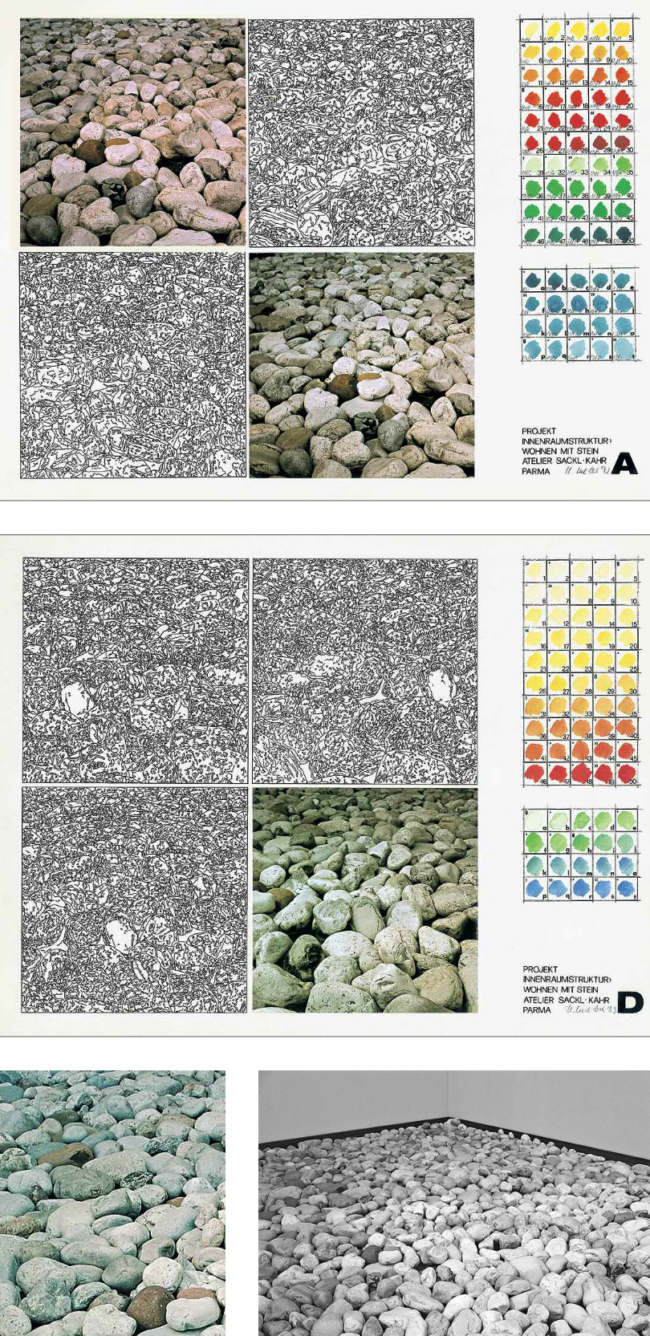
Living with stone and glass
Robert W. Sackl-Kahr Sagostin
ink/watercolor/drawing board/photography
30 x 40 cm
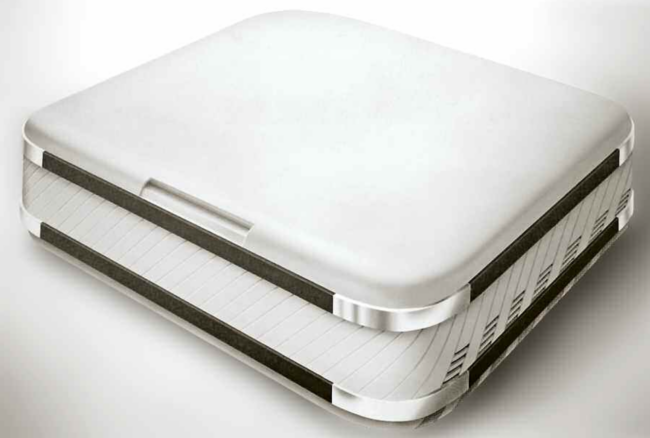
Inflatable travel refrigerator
Robert W. Sackl-Kahr Sagostin
polycarbonat
50x70x20-82 cm
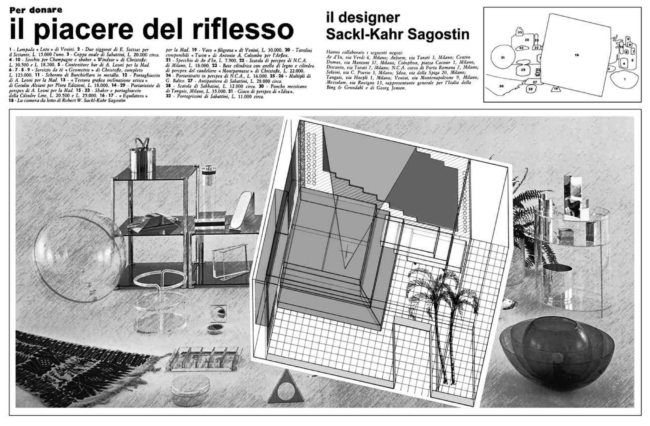
Interieur design
Robert W. Sackl-Kahr Sagostin
design oggi · milano 1979

Bionik project
Robert W. Sackl-Kahr Sagostin
mixed media/carton
24 x 32,5
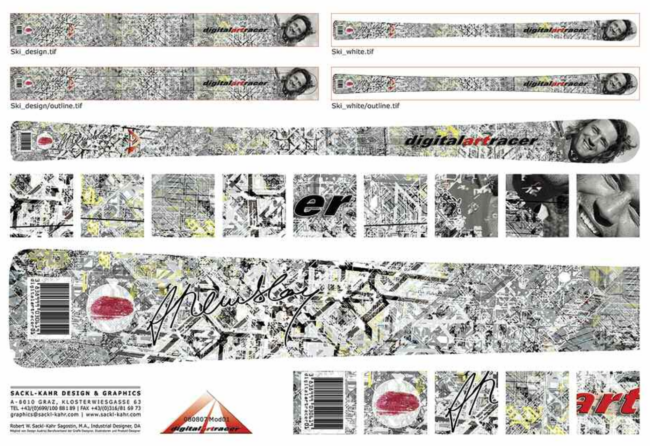
Ski design
Robert W. Sackl-Kahr Sagostin
ink/air brush
30 x 40 cm
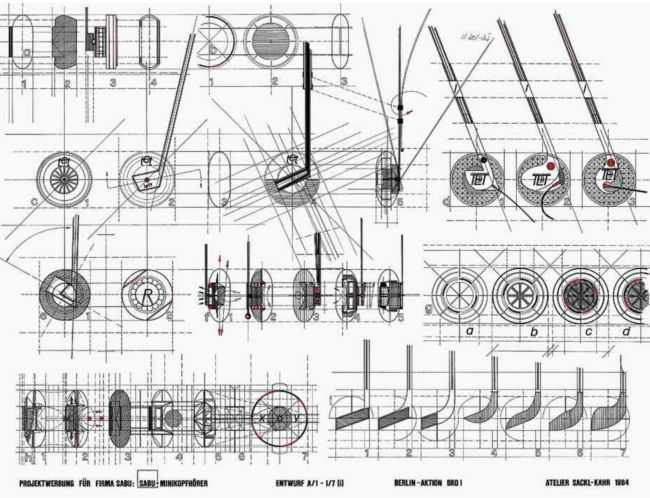
Miniature headphones
Robert W. Sackl-Kahr Sagostin
ink/drawing board
30 x 40 cm
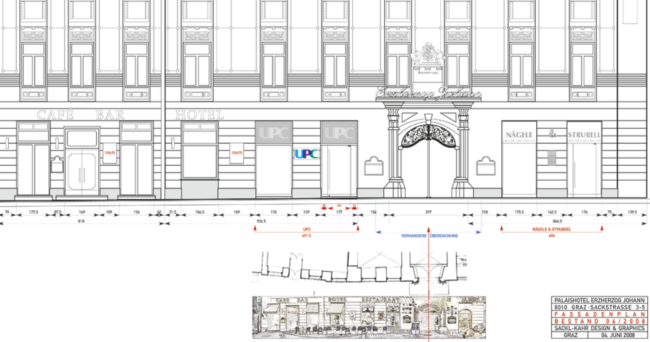
Entrence area redesign
Robert W. Sackl-Kahr Sagostin
ink/translucent paper
42 x 59,4 cm
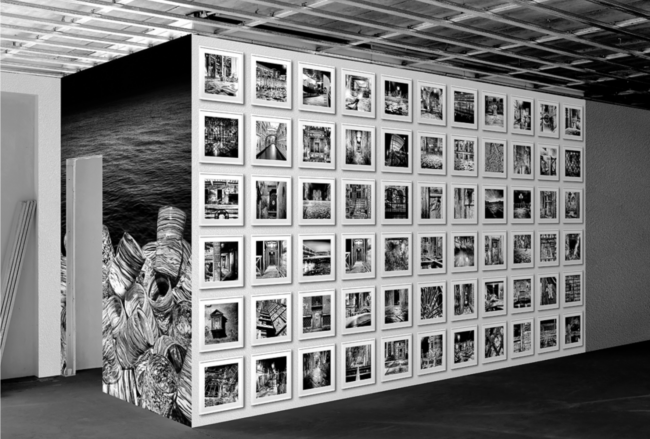
Venice box
Robert W. Sackl-Kahr Sagostin
photography
260 x 450 cm
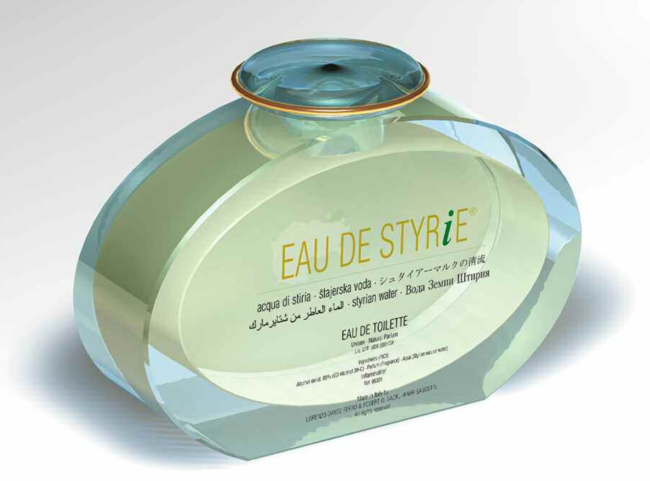
Perfume bottle
Robert W. Sackl-Kahr Sagostin
murano glass
65 x 10 x 48 cm

Charging stations
Robert W. Sackl-Kahr Sagostin
airbrush/canvas
203 x 680
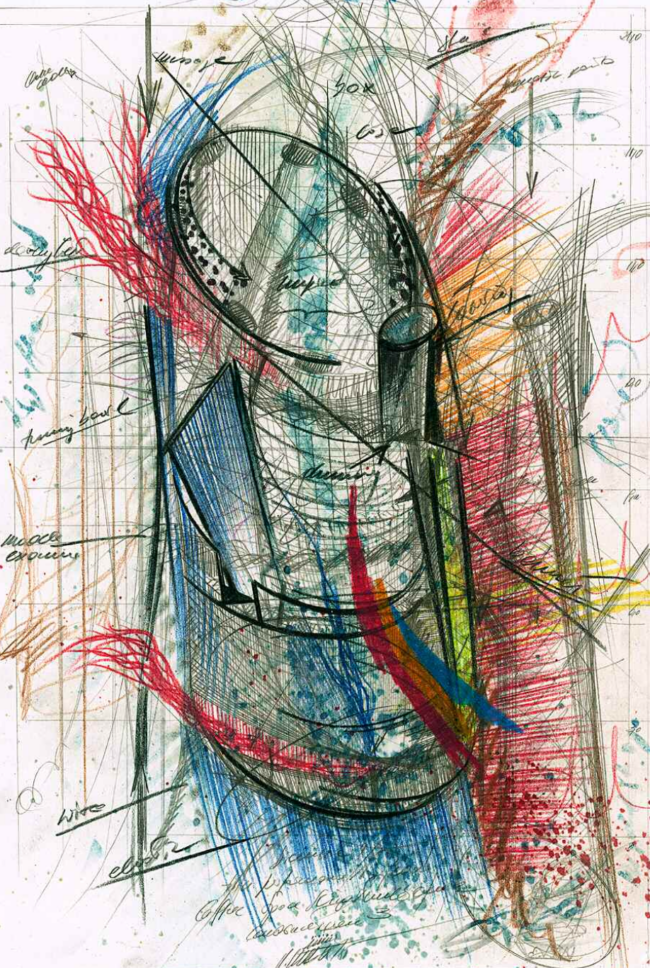
Espresso maker
Robert W. Sackl-Kahr Sagostin
mixed media/Leykam Bütten
27,5 x 20,5
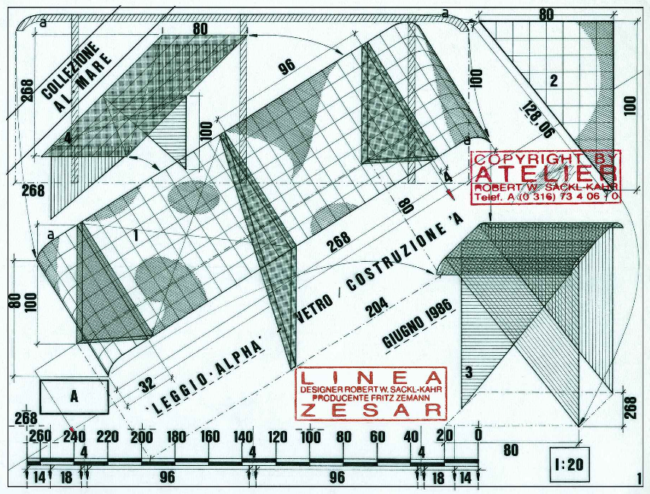
Glass speakers desk
Robert W. Sackl-Kahr Sagostin
ink/translucent paper
8 x 10 cm
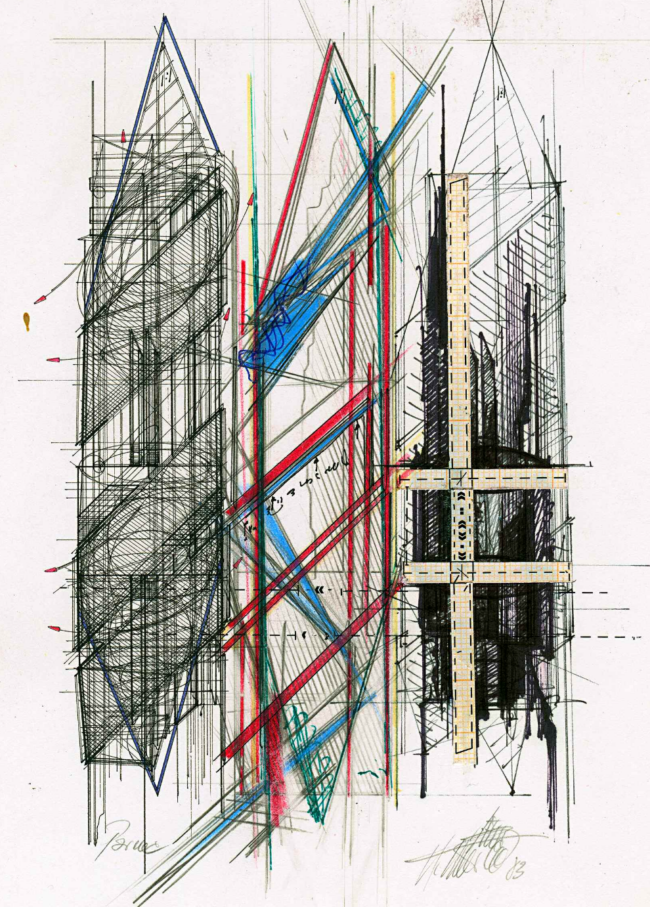
Espresso maker
Robert W. Sackl-Kahr Sagostin
mixed media/Leykam Bütten
25 x 20,1 cm
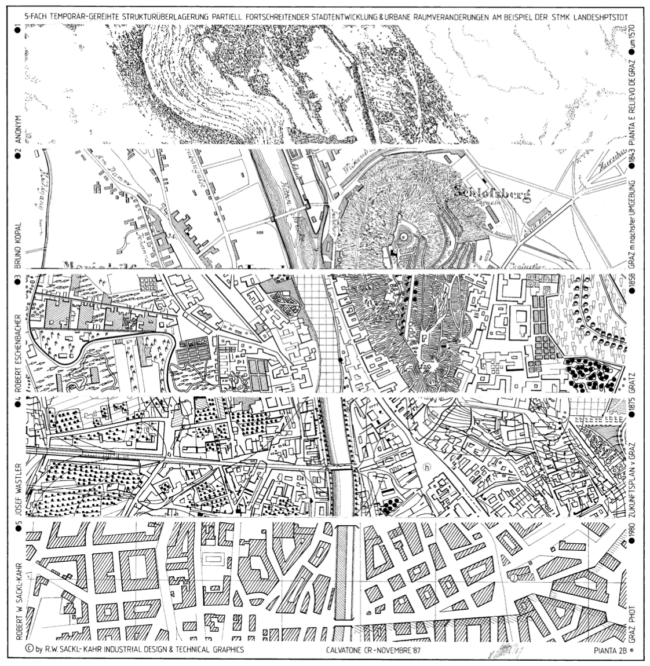
Architectural development
Robert W. Sackl-Kahr Sagostin
ink/translucent paper
30 x 30 cm
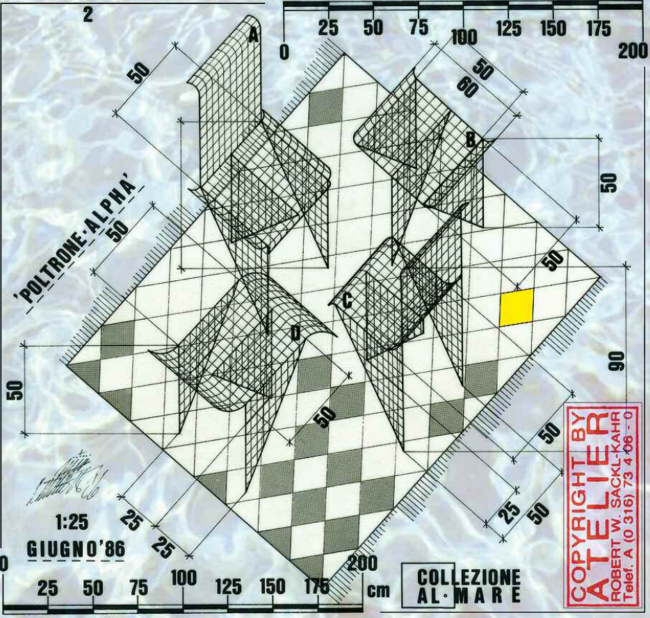
Furniture design
Robert W. Sackl-Kahr Sagostin
ink/translucent paper
19 x 20 cm
